|
With our South American adventure sadly coming to a close in November, we also reached our first of many milestone dates….. six months on the road! This got us thinking. We keep track of so many facts and figures during our travels that we thought it would be worth sharing some of them for anyone who's interested. So here it is, a brief compilation of a few fun and interesting trip statistics, facts and figures from our first six months of this indefinite adventure! Enjoy!
Overall Favourite Destinations = Galapagos Islands and Easter Island (Rapa Nui) (Click the photos below to see our complete Photo Albums from these mind-blowingly awesome destinations!) Facts:We visited the......
Stay tuned to www.wadeandsarah.com for more Stats, Facts and Figures blogs as we continue our travels around the World!
1 Comment
Every traveller, whether they realize it or not, has a special little place in the back of their mind, where they build their ever-growing list of “Must See Places”. I am well aware of my list, as it not only lives in the forefront of my mind but is also slowly taking over my entire head space! No matter how long we travel or how many breathtaking places we visit, I will always have this list because it continues to inspire my dreams, aspirations and exploration of this wonderful world. Making South America the starting point for our world trip, meant that many of my “Must See Places” were suddenly within arms reach and we were faced with the difficult decision of which options to explore now, and which places would need to wait on our list for future travel in the years to come. Machu Picchu, the Lost City of the Incas was a no brainer. We would have sacrificed blood, sweat and tears to reach this iconic and fascinating destination…. And as it turned out, we just about did! Photo: One of the worlds most breathtaking archaeological sites, Machu Picchu Photos of Machu Picchu evoke feelings of wonder, amazement and admiration regardless of whether the viewer is aware of the incredibly accurate feat of engineering or whether their heart simply skips a beat just by seeing images of this stunning temple complex high in the Peruvian mountains. Visiting Machu Picchu was something I have dreamt about for years. Within weeks of arriving in South America back in May, Wade and I began planning our journey around somehow reaching Peru and booking onto the world-renowned Inca Trail to Machu Picchu. We decided not to take any risks as passes onto the official Inca Trail can sell out months in advance so we made a point of paying a bit extra in order to secure a spot on a Classic Inca Trail trek through Intrepid Travel. Photo: The train from Cusco to Aguas Calientes, the township at the base of Machu Picchu, passing yet another ruined Incan village As the date crept closer, we carefully planned every move in the month prior to ensure that we arrived in Cusco with enough time to acclimatize to the altitude -some 3240m above sea level - and sufficient down time in the days leading up to the 45km trek which would reach altitudes of up to 4200m above sea level. Of course, careful planning can only get you so far, and ours went right out the window when we chose to do a two-day trek into the Colca Canyon, 4 days before starting the Inca Trail! But that’s another story. You can read all about it in our Colca Canyon blog post. Cusco itself is a must see destination for any traveler to Peru. It is a culturally rich city that somehow manages to balance beautifully between the civilizations of old and the modern day tourist mecca it has become. In a 2 hour walking tour of the city, Wade and I were immersed in the stories and legends of this city and it’s rich history of the Incan Empire, Spanish rule and the many indigenous cultures of the region. The haunting music created by the Incan windpipes can be heard ringing throughout the town with many street musicians also playing a few of the lesser known Incan classics such as “Hot Cross Buns” or the theme tune from Super Mario Brothers! At the end of our walking tour we had the privilege of indulging in a shot of Pisco in a beautiful old traditional Pisco Bar. For anyone who hasn’t tried Pisco, it’s bizarrely similar to drinking a blazing ball of fire…. If you don’t trust me, try it for yourself! Photo: Just a few photos of the stunning city that is Cusco, Peru Cusco attracts the most diverse demographic of travellers that we have seen so far in our journey through South America. It is the gateway and the closest city to Machu Picchu and the Inca Trail. The lure of Machu Picchu draws the attention of not only the younger, more adventurous backpackers who spend days slogging it out on various walking tracks, but also brings bus loads of the high end, more… senior travellers who can now access this once lost city, in luxury and style thanks to the modern day comforts of the train and bus. After three days exploring the many museums, markets, plazas and churches of Cusco, it was finally time for us to pack, prep and completely freak out as the night before our Inca Trail journey had finally arrived. As Wade taped up his disgustingly blistered Colca Canyon feet, I sifted through our bags choosing only our most necessary belongings to put into the ruck sack which would be hauled along the trail by some of the most physically fit porters I have ever seen in my life. Meeting our group for the trek was slightly awkward and rushed because we had somehow been put onto a trek with a group who had already spent a number of days travelling together. Having said that, they were a great group with a clear majority of Aussies and our ages ranged from 22 to 50 years old. Photo: The official start of the infamous Inca Trail The trek itself was a mind blowing experience. Thanks to the hard work of the porters and our knowledgeable guides, it was much easier than we had first anticipated. Everyone was able to take the trek at their own pace, which meant that those wanting to walk faster and pull into camp earlier could do so while others preferred to take plenty of breaks and enjoy the scenery. Due to the differing effects of altitude sickness it’s important for people to take this walk at a comfortable pace as altitude sickness can affect anyone and can be a potentially fatal illness. To think that the Inca messengers used to run this track in mere hours is a feat that I cannot even begin to fathom in my wildest dreams! All meals, snacks and drinking water was provided by our wonderful porters who carry every bit of food, water and equipment along the length of the Inca Trail. The regulations for the porters are monitored and enforced at checkpoints along the way with each porter allowed to carry a maximum of 20kg for the 4-day trek. At every meal we were greeted by the smiling faces of the cooks and porters who had raced ahead of us all day, in order to have a meals tent set up for shelter as well as a hot three course meal complete with Coca Tea, snacks and fresh drinking water. By the time we pulled into the afternoon campsite, we were welcomed by congratulatory cheers, hot water to wash our tired bodies and our tents all set up with our belongings already laid out on our mattress. It truly was the most luxurious version of camping either of us has ever experienced! Photos (clockwise from left): Our campsites were set up and taken down every day by the incredible Intrepid porters; the kitchen tent with a view; the view from our final camp on the Inca Trail One of the greatest surprises and hidden gems of the Inca Trail for me, was that Machu Picchu, while it may be the best known and largest Inca complex along the trail, is only one of hundreds of historic Incan ruins in the area. Everyday along the trek, we were lucky enough to pass at least one major Inca town ship, village or place of worship, all of which displayed the incredible engineering skills and knowledge of the Incan culture. Photo: The Incas always built their towns, villages and farmland maintaining the existing shape of the mountain they were building on. This allowed for ideal irrigation, reinforced resistance to natural disasters and also maintained the flow of the natural landscape. Below: Every day we passed at least one village, temple or other stone remains of the once dominant Inca empire We couldn’t have been any luckier with the weather throughout our tour. While most mornings were misty and it was often understandably cold at over 3500m above sea level, most of the time we had blue skies and sunshine with only a sprinkling of rain and on the days that were cloudy, Pacha Mama (Mother Earth) was kind enough to keep the clouds high enough that we could still see and appreciate the magnificent landscape around us. And what a sight it was! Photo: The stunning scenery surrounding us for four glorious days On our third and final night, we were rewarded with an early finish to the day as we pulled into camp around 2pm. Our final afternoon hike had been relatively easy as we passed some of the trails' most significant Incan ruins as well as the two famous Incan tunnels. With a light rain forming, we had a few hours to rest and recuperate before an optional afternoon walk to a nearby Incan village complex. As soon as I heard that it was a relatively easy walk that could be done in thongs, I was in! Our tired feet were pretty happy to be out of shoes for a few hours. The path to Wiñay Wayna wound around the mountainside before opening up into this view: Wade still mocks me about it to this day, but I actually teared up when I saw this magnificent place. I don’t know if it was the photogenic, misty afternoon where clouds weaved silently between the stone remains or the fact that prior to starting the Inca Trail, I had no idea that these other sites even existed. Either way, something about this place took my breath away in an instant. Our guide Jabier explained a few features of the site and showed us around before taking a moment to explain to us just how special this place is. You see, the following morning we would be arriving at Machu Picchu, the milestone and purpose of most peoples Inca Trail hike. “But tomorrow” said Jabier “there would be 2000 people in more than 50 guided tour groups all vying for the perfect photo or the best selfie. Take this afternoon to really appreciate all that this remarkable place has to offer and the wonder and intrigue that the Incas created during their short yet mind blowing and productive era.” Wade and I did exactly that. We sat - at one point with only 2 other people - and just enjoyed our life for what it was in that moment. Sure we admired the ancient, yet flawless buildings and took a million and one photos, (possibly even a selfie or two!) but most of the time we just chilled, reflecting on our incredible experience, in a once in a lifetime destination. Photos: Just a few of the beautiful, ancient buildings at Wiñay Wayna which is a Quechua term meaning "forever young" Our final morning was an early start. In order to control entry to Machu Picchu, all trekking groups must check-in at the final check point no earlier than 5am on the final day. Once through the checkpoint, walkers still have another 2 – 3 hours before reaching the Sun Gate from where you are treated to a gratifying first glimpse of the magnificent Machu Picchu. It’s an incredible feeling finally seeing a place you had such high hopes for. And even better when it fulfills every crazy dream or hope you had for just how this moment would feel! Photo: Our first glimpse of the ancient city of Machu Picchu We slowly weaved our way down to the citadel of Machu Picchu as the morning sun was rising over a beautifully clear day. We didn’t take a minute of this incredible experience for granted after seeing so many recent photos where Machu Picchu is barely visible through the clouds! There were hugs, cheers and high fives all ‘round, however I personally didn’t feel that this was warranted. Don’t get me wrong, I could not have been more elated to finally be standing at the gateway to Machu Picchu, however I didn’t feel as challenged by the trek as I would’ve liked. While there were some difficult and lung busting uphill climbs due to the altitude I would’ve loved the trek to have gone for just one more day! I was enjoying the landscape and unique flora and fauna so much that I wasn’t ready for the journey to end. Now is probably a good time to also add that I probably wouldn’t have felt this way had I lugged my own clothes, tent, sleeping bag and food around for the past four days! The Inca Trail porters are an incredible and diverse group of people whose physical strength and endurance needs to be seen to be believed. Without them, the experience would have been almost impossible. Photos: (clockwise from top left) Wade, myself and our fabulous guide Jabier; the wonderful porters on the Inca Trail taking a well deserved break; just one of the stunning species of wildflowers along the track After a brief introduction to Machu Picchu, and a run through of the very strict rules and guidelines for this sacred and fragile site, Jabier led us on a guided tour of the place we had all trekked these past four days to see for ourselves. He took us around the incredible temples and through houses, farms and water features explaining the intricate and scientific engineering that makes Machu Picchu such a unique place. It truly is a masterpiece of engineering and architecture considering it is estimated that construction took place around 1450! We strolled through the Temple of the Sun and the Great Temple admiring the flawless stonework where the huge rocks have been carved so perfectly that they fit together without mortar and with so little space between rocks that not even a credit card can fit between two stones. There is evidence of astronomy, religion, agriculture and of course incredible engineering and architecture throughout Machu Picchu. Photos (clockwise from top left): The incredible and skilfully carved stonework throughout the temples at Machu Picchu; the outer wall of the Temple of the Sun; maintenance and restoration works are continually carried out at Machu Picchu to ensure that this important site is preserved for future generations Much of the mystery surrounding Machu Picchu stems from the fact that somehow throughout the Spanish conquest, this special place managed to remain hidden high in the mountains of Peru. While the Spanish were destroying and plundering Incan villages and sites throughout the surrounding region, Machu Picchu remained untouched. In fact, evidence suggests that the Incas only inhabited Machu Picchu for around 100 years before abandoning it and leaving behind very few artifacts from their daily life. The Incas had no written language which contributes greatly to the mystery and intrigue of Machu Picchu. I was suddenly overwhelmed with curiosity and a million questions for our knowledgeable guide. Many theories and much speculation surrounds the exact purpose of this site, however many historians agree that it was either a sacred religious site or a Royal estate for the Inca ruler, Pachacuti. Macchu Picchu was left relatively untouched by the modern world until the late 1800’s when there are various accounts of explorers, archeologists and local farmers speaking of the Lost City of the Incas roughly 80km from Cusco. It was however in 1911 when Hiram Bingham, an American explorer and lecturer, was led to Machu Picchu by a group of local farmers that Machu Picchu was first revealed to the modern world. When Hiram Bingham first laid eyes on Machu Picchu it is believed he was rather unimpressed, as he didn’t believe it was the “Lost City of the Incas” that he was searching for. For centuries the jungle had taken over, concealing this ancient city to the point where more than three quarters of the structures that we can see today were completely hidden by vegetation. It is believed that still today there could be more buildings buried in the thick undergrowth of the jungle. Photos (clockwise from left): It's not hard to imagine Machu Picchu as a royal retreat when you see the grandeur of this city up close; the only remaining inhabitants at Machu Picchu... the llamas; the steps carved into the mountainside are created using an ingeniuous drainage system allowing for faultless irrigation and making these steps perfect for growing crops As our guided tour with Jabier came to an end and my brain was frantically trying to store all of the fascinating information we had just been fed, the majority of our group left Machu Picchu and boarded the bus into the nearby town of Aguas Calientes where our journey would end. Wade and I were once again alone, (well, as alone as you can be while surrounded by 2000 strangers!) as we wandered around this magnificent place. There was no way in the world I was leaving here a minute sooner than we had to! It’s not every day you are able to wander around an ancient kingdom, on a beautiful clear day just imagining what this place once was and just how it looked all those centuries ago.
Unfortunately we were booked onto the afternoon train back to Cusco, which meant that regrettably, the time came where we did have to leave. We climbed up to a breathtaking vantage point on the grassy steps above this modern wonder of the world, and as we looked around in silence, we realized that we were staring at the most brilliant fusion of human kind and nature’s finest work, all in one magnificent place. In hindsight, Wade and I diving legs first into a two day, one night hike into the Colca Canyon a mere four days before starting our Inca Trail trek to Machu Picchu, may not have been our brightest moment. We had a managed to make up time by catching overnight buses between our most recent destinations, giving us a few extra days before we needed to be in Cusco and I had been keen to visit the Colca Canyon since first reading about it. The important detail that should have been the most glaringly obvious to us also just happened to be the detail we chose to ignore. Being more than twice as deep as the Grand Canyon and often claimed to be the deepest canyon in the world, you'd think we would have realised what this "simple" walk entailed but we had both failed to think too far ahead. The trip was essentially a 13km hike down into the canyon on the first day, then an overnight stay at the “Oasis” deep in the valley before hiking for 4 hours, straight up-hill the following day to get back out….. Simple really! Photo: The Colca Canyon is the deepest canyon in South America and is often credited with being the deepest in the world, although don't ask me who judges it or how this is measured! To begin with, the starting altitude was 3750m above sea level meaning walking on level ground was difficult let alone up or down hills. We were out of breath and head-achy just getting out of the car! Secondly, as the word Canyon clearly suggests, the walk more or less involved descending some 1500m into the canyon on the first day, followed by a ridiculously steep and treacherous 1200m back out the following day. And that’s only the altitude, NOT the distance walked! Again, none of this would have been a big issue except for the fact that this was only days prior to us starting our much anticipated four day hike on the infamous Inca Trail. Woops. There were seven of us in our group - all around the same age and fitness level - and within half an hour of beginning the walk we were all wondering what level of fitness it was exactly that we were all at! In theory, walking downhill should have been the easiest part of the hike, however the loose dirt, dry heat and rocks gave our bodies (especially our knees!) a constant work out and we had barely walked an hour before two of our group created their own mini landslide when they lost their footing and slid some 3m in a cloud of thick dust. Now I'm not going to say I didn't snigger to myself at first, but once they came to a halt and we saw the sheer cliff face only metres away, well, let's just say we all tread pretty slowly and carefully for the next hour or so! Photo: The steep and rocky paths made for some seriously treacherous hiking for the first 13km into the Canyon For the most part, the path was wide enough to be considered safe, but every now and then, we were face to face with a sheer 500m drop into the canyon. The scenery was amazing. I've only ever seen gorges and canyons in Australia and this was a completely different environment. Local communities still live in the canyon today and their precarious and seemingly impractical farmland deep in the canyon is a feat of engineering to say the least! When we finally reached the depths of the canyon, in a hot, sweaty, dusty mess, we stopped in a tiny village for a well deserved rest and some lunch. After being refueled with a gut busting local specialty, Lomo Saltado - beef, tomato and onion stir fried and placed on a bed of hot chips - we were ready to continue our trek and were all happy to hear from our guide Bonito, that for today, the hardest part was over. I now know why our guide Bonito sniggered when we sighed relief at hearing this news. A little more emphasis on certain words would have given a much clearer idea of what was still to come. What Bonito actually meant was "for TODAY, the hardEST part is over". So in even simpler terms for us Aussie's "it's still not over and if you thought this was hard work, then tomorrow might kill you!". If only we had these subtitles at the time! We all set a cracking pace after lunch as we had heard stories about our overnight destination - The Oasis, however secretly, I don't think anyone actually believed this place existed! We caught glimpses of it earlier in the day from high above the canyon however all we could make out was a patch of bright green, deep in the canyon with a few blue dots scattered in between. As far as Wade and I were concerned, as long as we could shower, lie down and take off our dusty shoes, it was paradise to us. The last 3 hours of our walk was alongside a river where our path was determined by the rise and fall of the canyon walls. I almost cried at one point when our path started climbing back up, only minutes later followed by another knee crushing slope back down. I genuinely didn’t know which was worse! I'm pretty sure I heard the voices of angels as the clouds parted and a mysterious stream of light brought our overnight Oasis into view. Even from a distance, we could see palm trees, lush grass and the blue hue of a swimming pool. But who am I kidding, we heard they had beer and the hiking was over for the day! Yes please! As we threw down our packs and ripped our sweaty, dusty socks off our tired feet, I realised I barely had the energy to change into my swimmers before getting in the pool. Much to the disgust of horrified onlookers, a sweaty, dusty Wade jumped straight in as I began to massage my blistered feet in the cool water. Heaven on earth! Our accommodation for the night was a cute little cabin lit only by candlelight and after a meal and few warm beers thanks to the lack of refrigeration (although our English mates didn't seem to notice the warm beers....), we were all buggered and went straight to bed. With a seemingly pathetic bed time of 9:30pm, we set our alarm for the morning and realised we only had 6 hours to sleep before doing it all again tomorrow with an ungodly starting time of 4am. As 3:30 struck, alarms began to ring throughout the otherwise peaceful Oasis so we donned our packs and head torches and headed straight for the track. It was a slow climb in the dark but with promises of breakfast at the top, we trudged on in silence. The altitude was making the steep climb all the more difficult so we were taking regular breaks to catch our breath and eventually watch the morning sun light up the canyon in a blaze of colour. It was only when the sun was well and truly up, that we could see exactly what we were facing. The climb out of the canyon was a long and zigzagged path that wound it's way, back and forward as we ascended the 1500 metres back out of the canyon. The exact location of "the top" was a mystery to all of us who would guess a point, only to be proven wrong an hour later as we stood at our chosen landmark with a new vantage point that showed we still had hours of steep climbing ahead of us! After three hours of one of the most difficult uphill climbs I've ever done, my blood boiled when I saw a group quickly catching up to us..... On mules!!! What? Where? How??? No one had offered me a damn mule!! It was only when we stopped for a short break that I questioned Bonito about these lazy buggers on donkeys. He explained that yes it is an option however it's one that he personally does not recommend. Until recently, one local could guide up to eight mules up the narrow path and out of the canyon. However tragically a year ago, a mule lost it's footing only minutes from the end of the climb and fell over one of the many sheer cliff faces along the path, taking with it the poor tourist on it's back. It was a terrible accident and one that forced authorities to step in and make stricter rules on the number of guides to mules for treks in the canyon. I was also relieved to hear this story while standing on solid ground and made a mental note to be very wary on the steep, narrowing path as we neared the top. After three and a half long hours of putting one foot in front of the other, we finally reached the lookout point back into the canyon. Looking into the canyon, I was proud of the feat we had achieved but there was also a little part of me that was just relieved that it was over! Photo: After a tough uphill climb starting well before sunrise, we finally made it to the top of the canyon for a quick rest, a few photos and then headed off for a much deserved breakfast We walked a final 2km into town where breakfast was waiting. With sore and blistered feet, Wade cracked it when we learnt that the walking wasn't over, but we passed some beautiful rice paddies and farmland on our way that definitely sweetened the deal. The long drive back to the town of Arequipa took us via a condor lookout and a national park full of wild llamas and vicuñas. It also gave us time to inspect our blistered feet. While mine were more tired than anything, Wade's were, for want of a better word, ruined. He had huge blisters covering the entire ball of his foot, which immediately caused a sense of panic knowing that we would be starting the Inca Trail in four days.
It was now a race against time to travel by overnight bus to Cusco where we would rest up and recover our weary bodies over the coming days for what was to me, one of the most important journeys of our trip - the trek to Machu Picchu. * For more photos from our hike into the Colca Canyon and our time in the beautiful city of Arequipa, go to our Peru Part 2 Photo Album * |
AuthorEnthusiastic but Useless Traveler. Archives
July 2016
Categories
All
|
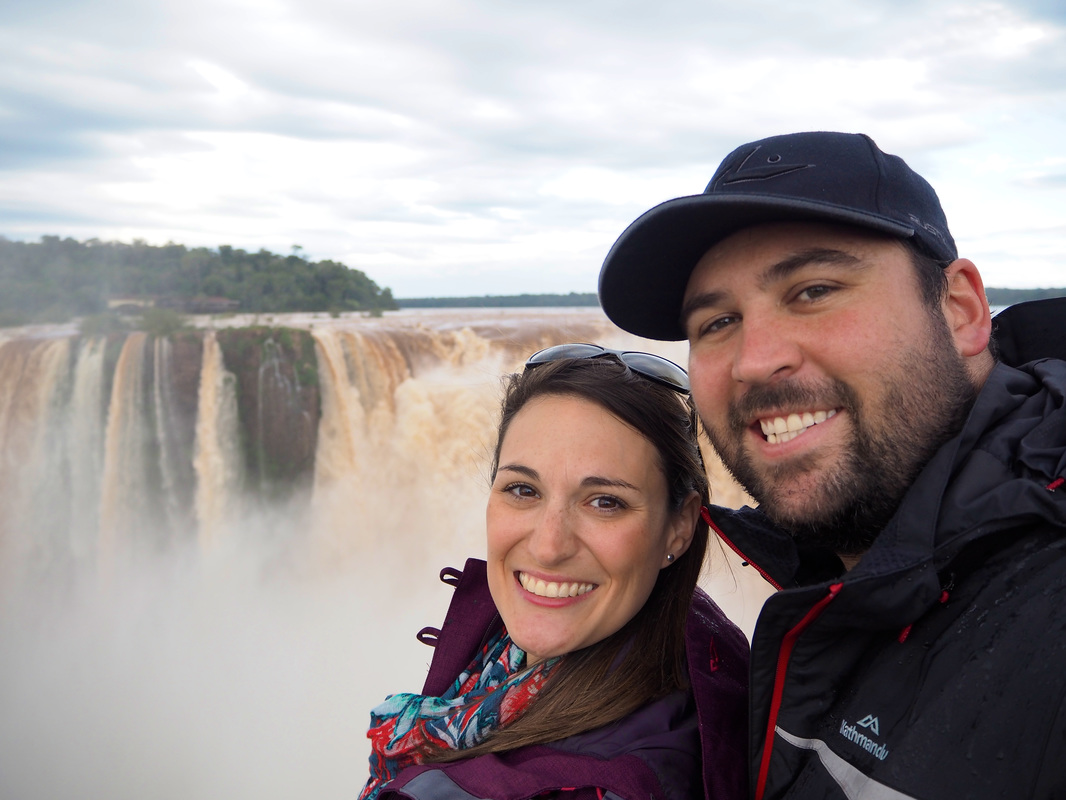
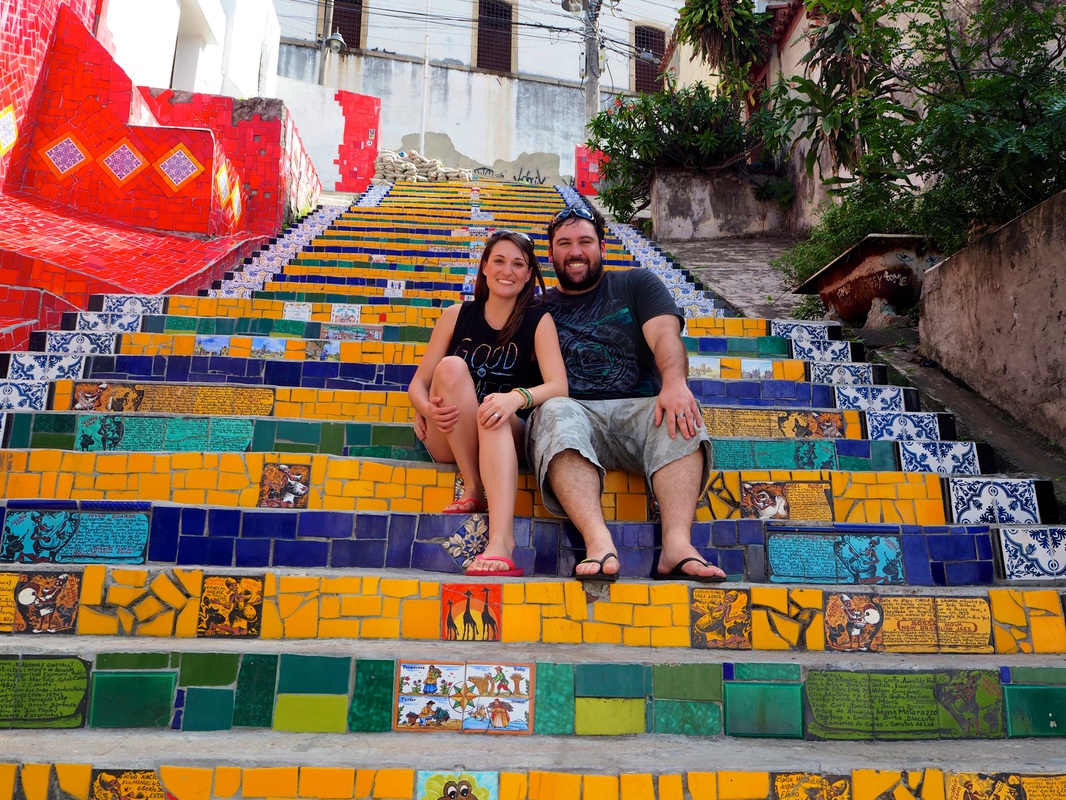
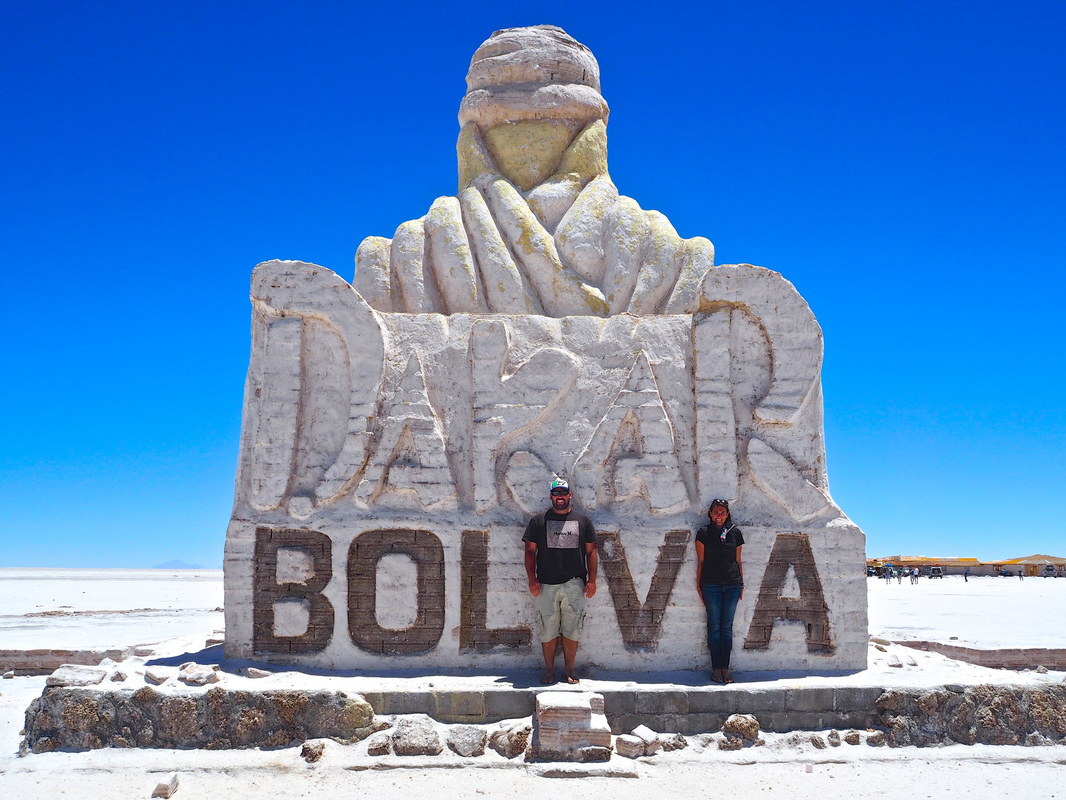
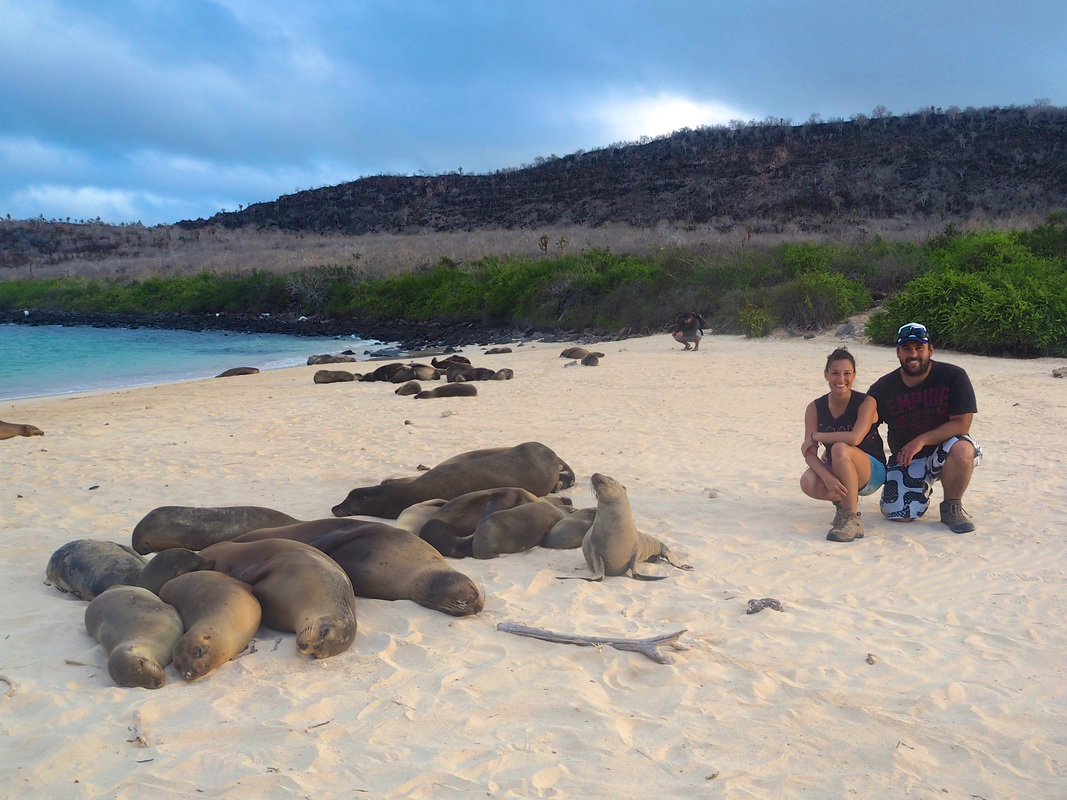
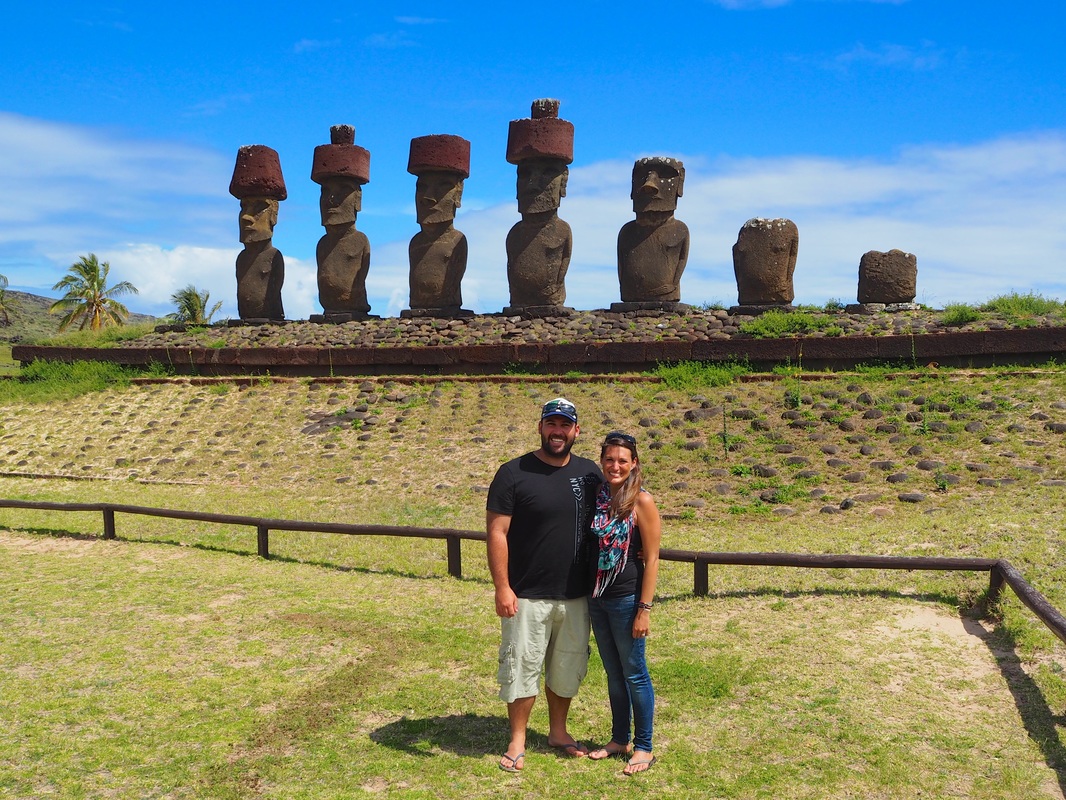
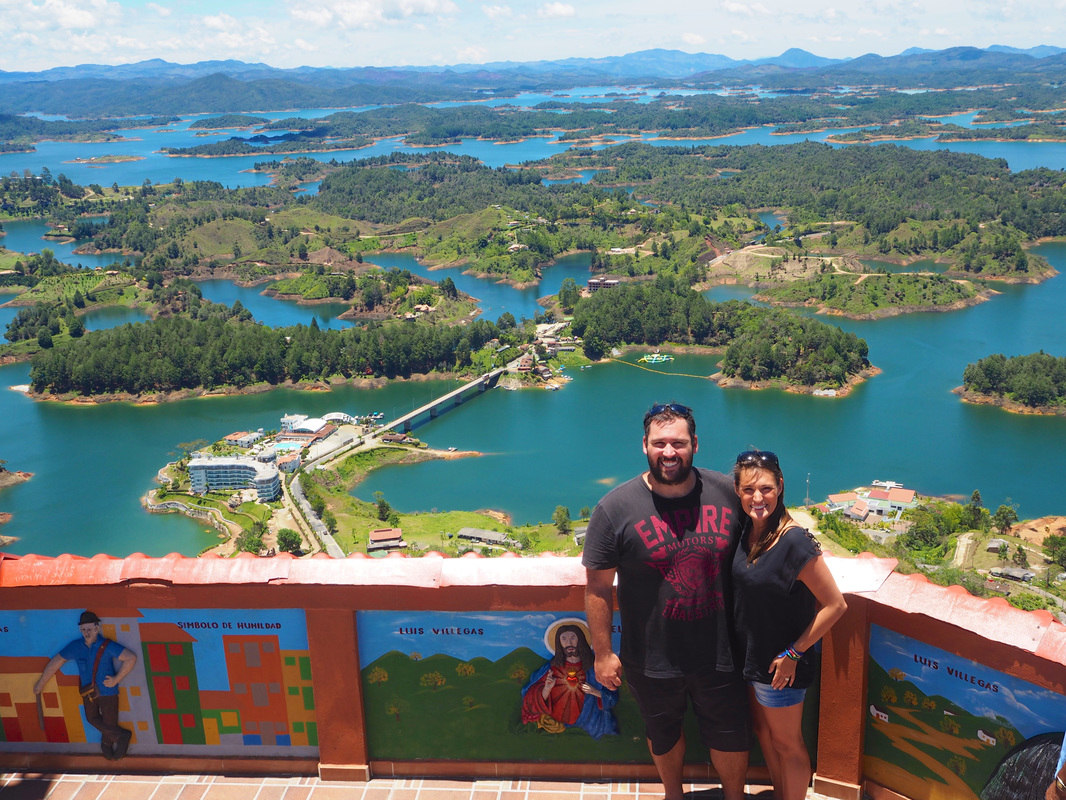
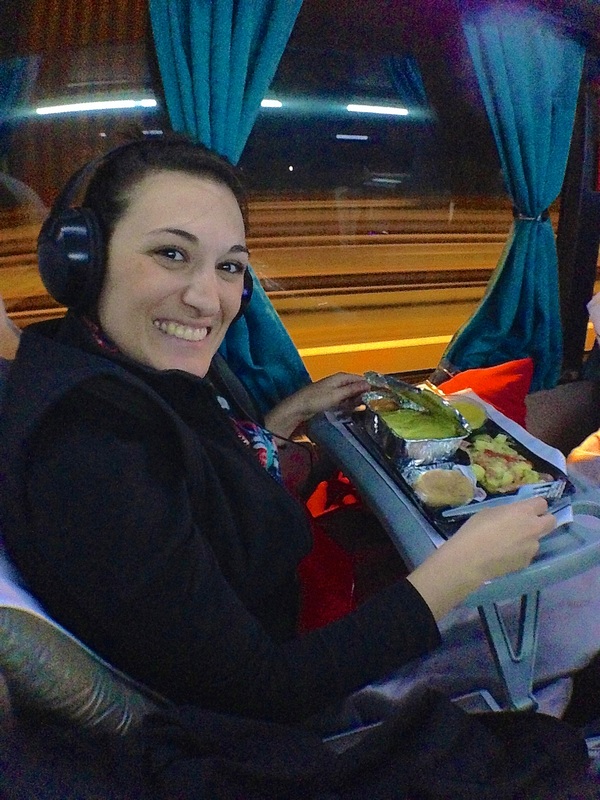
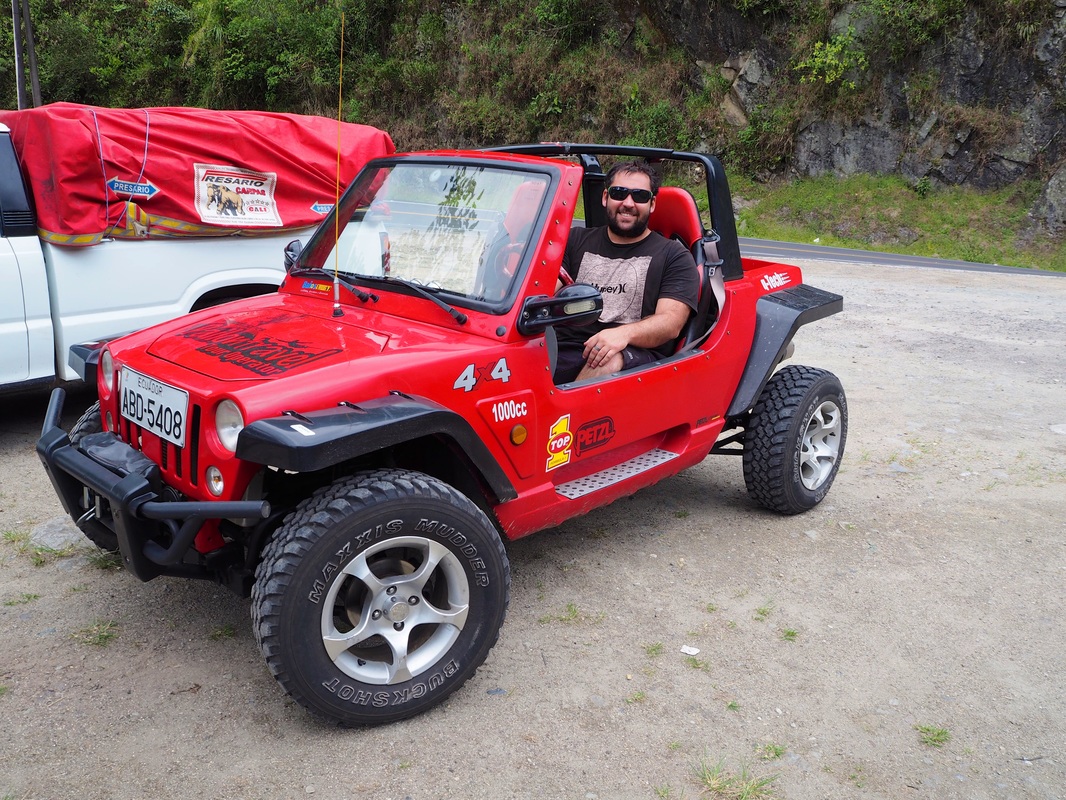
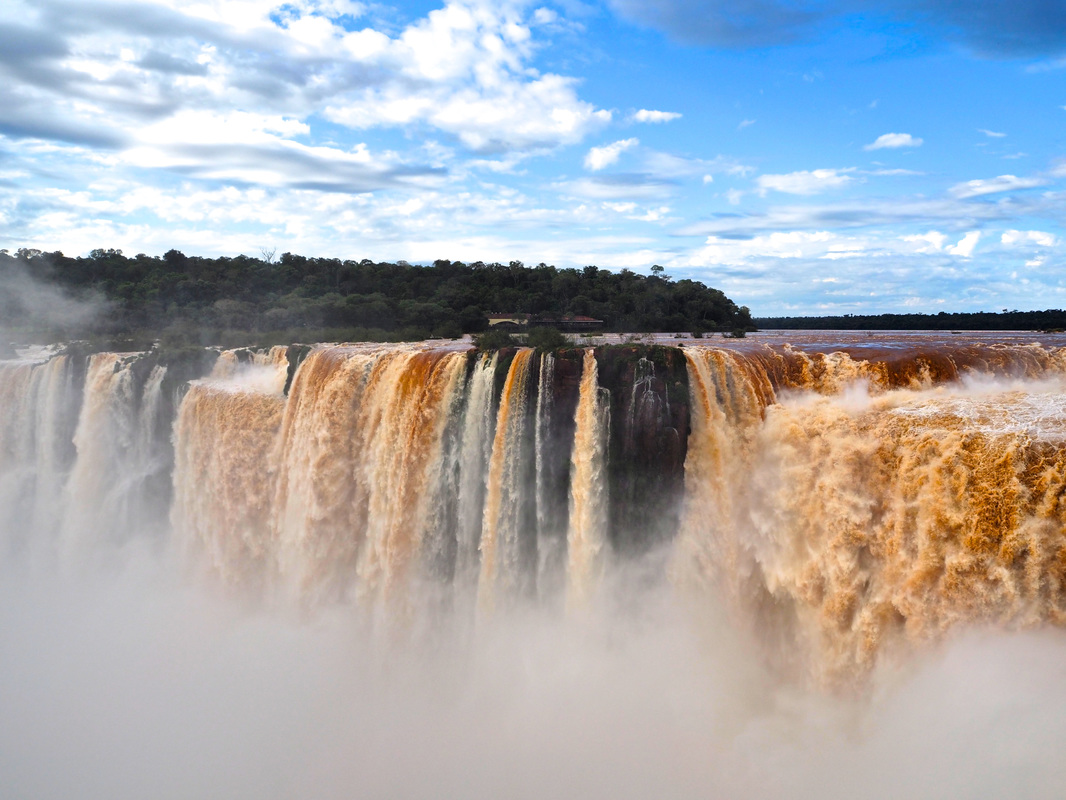
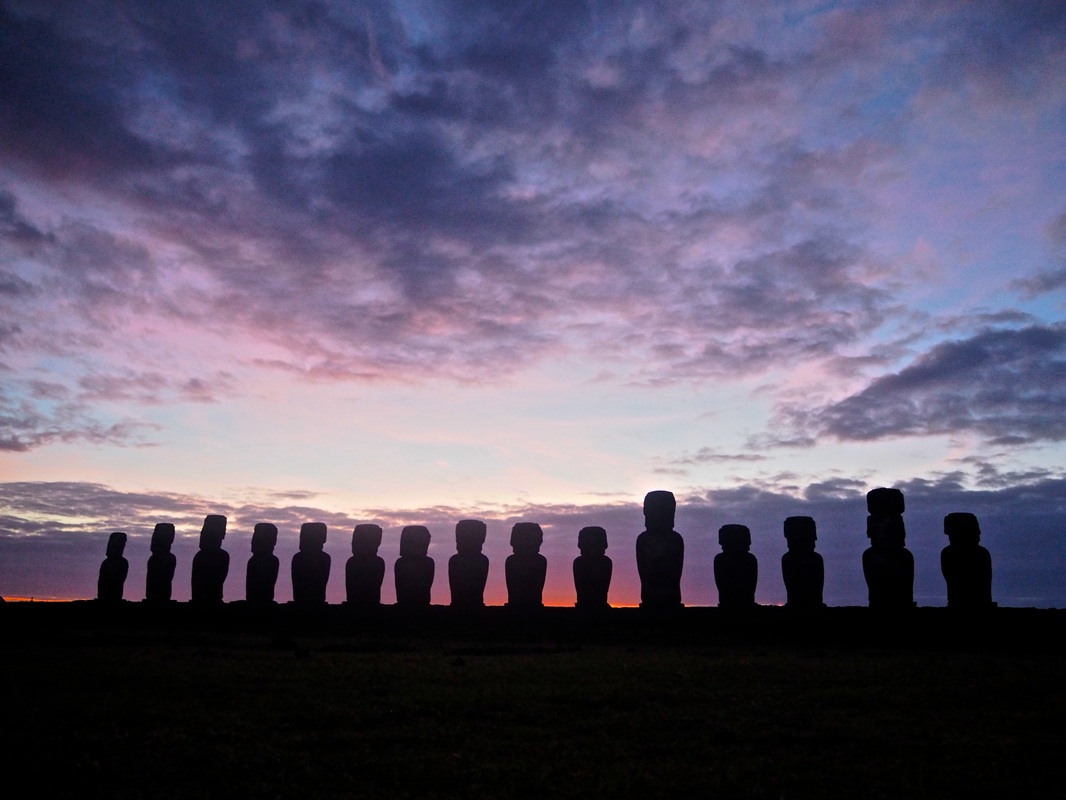
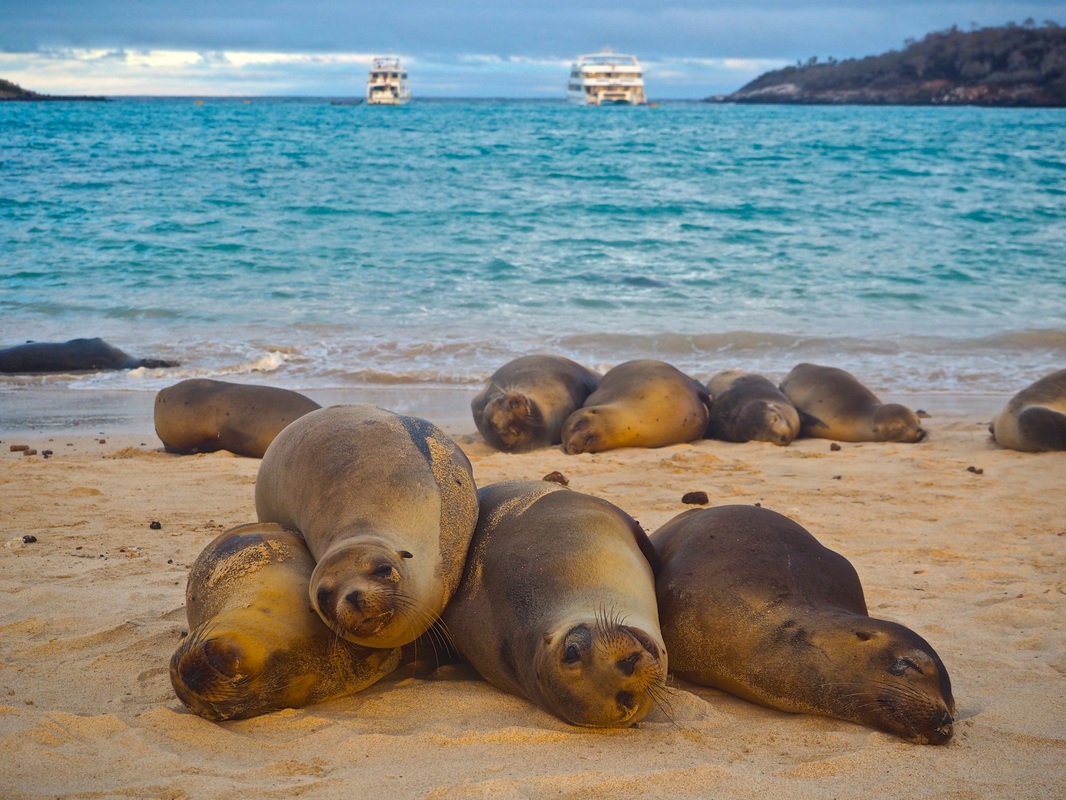
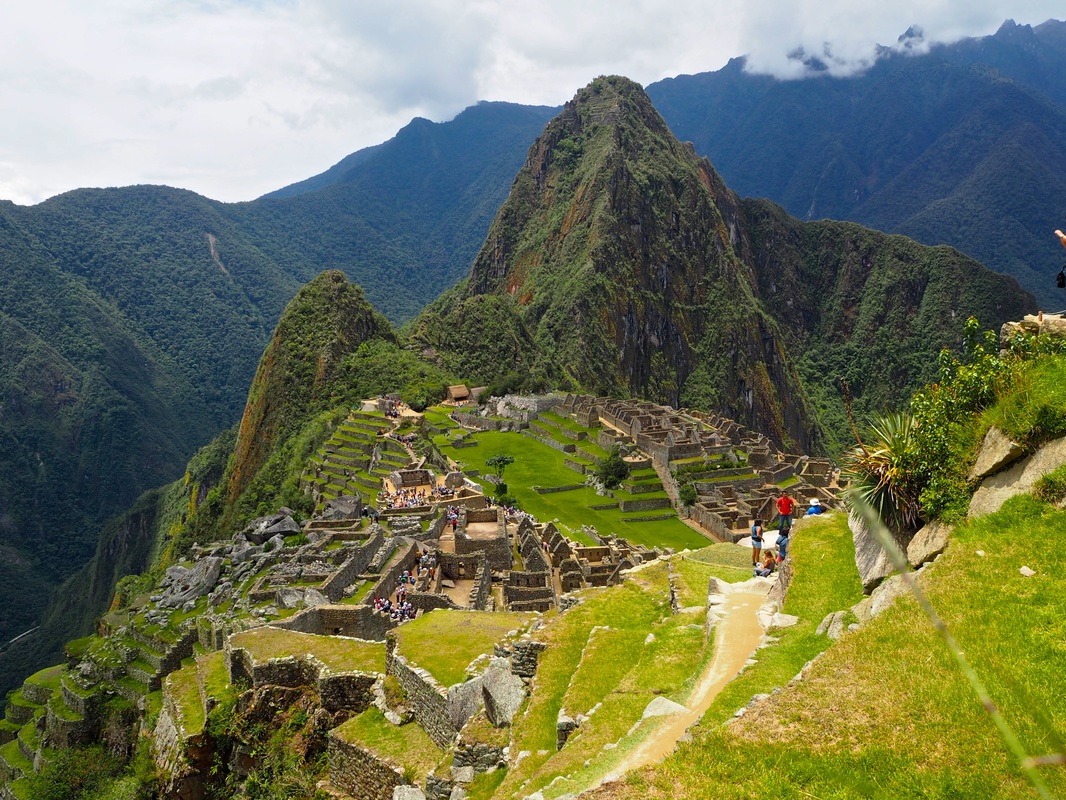
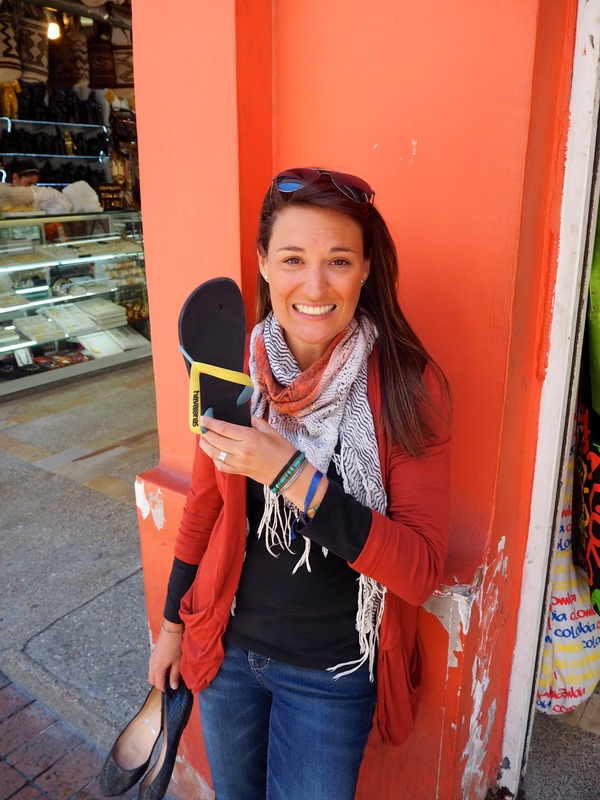
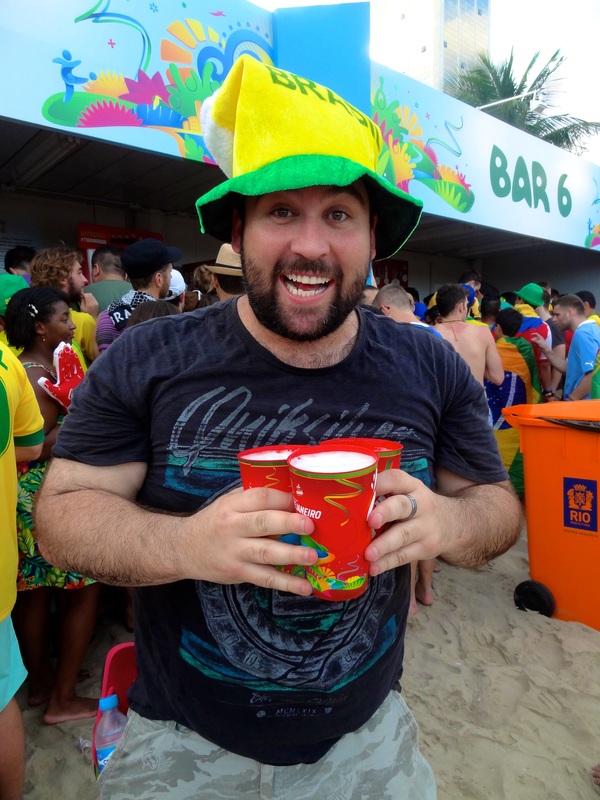
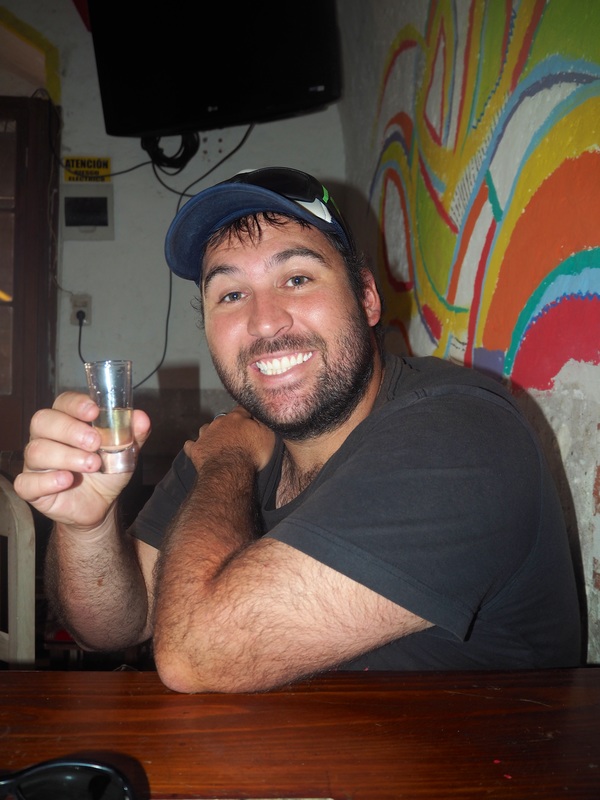
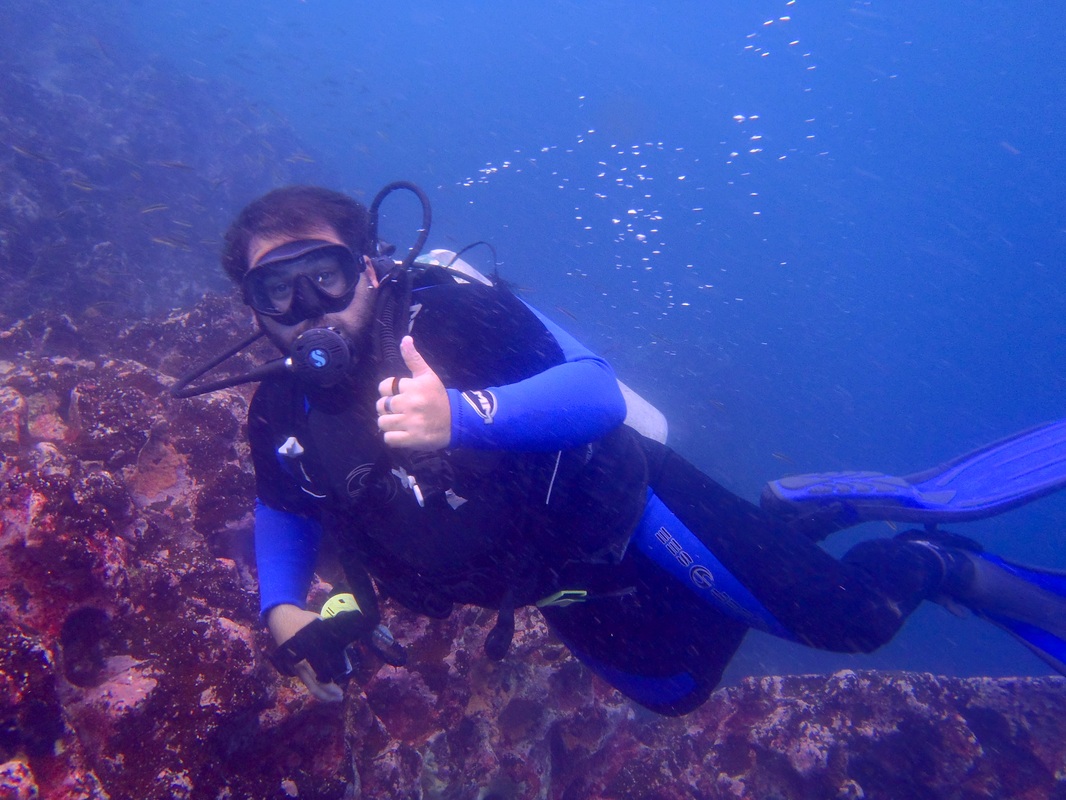
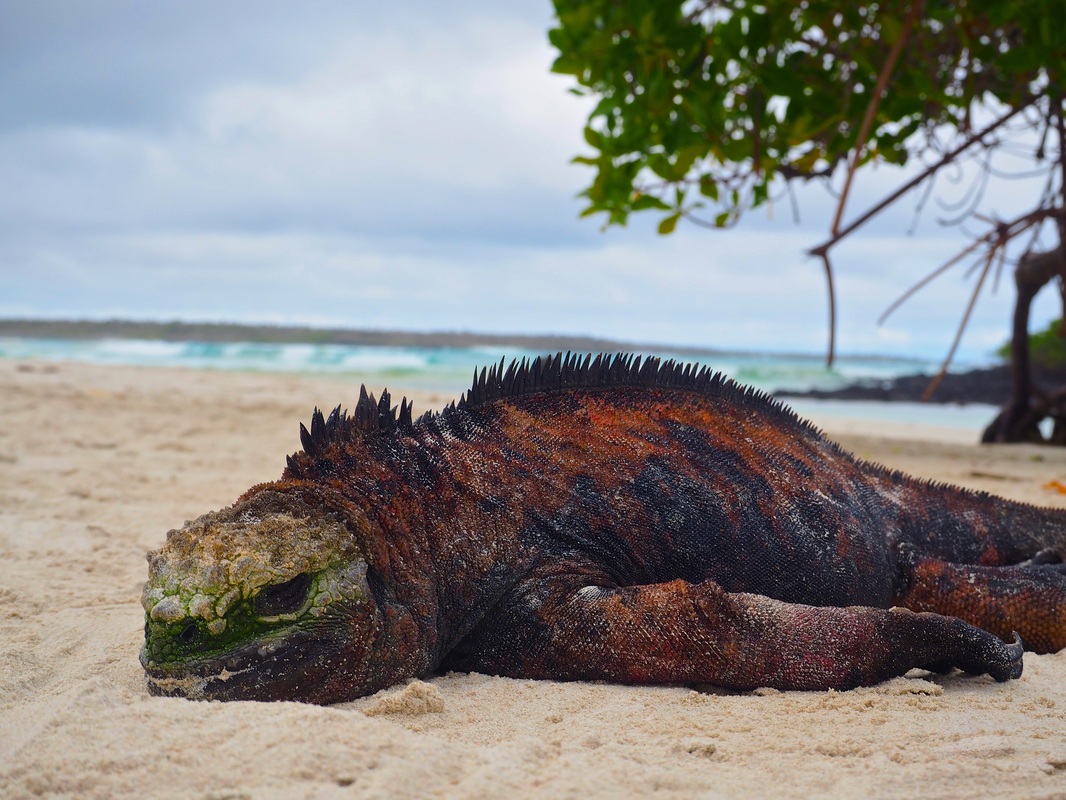
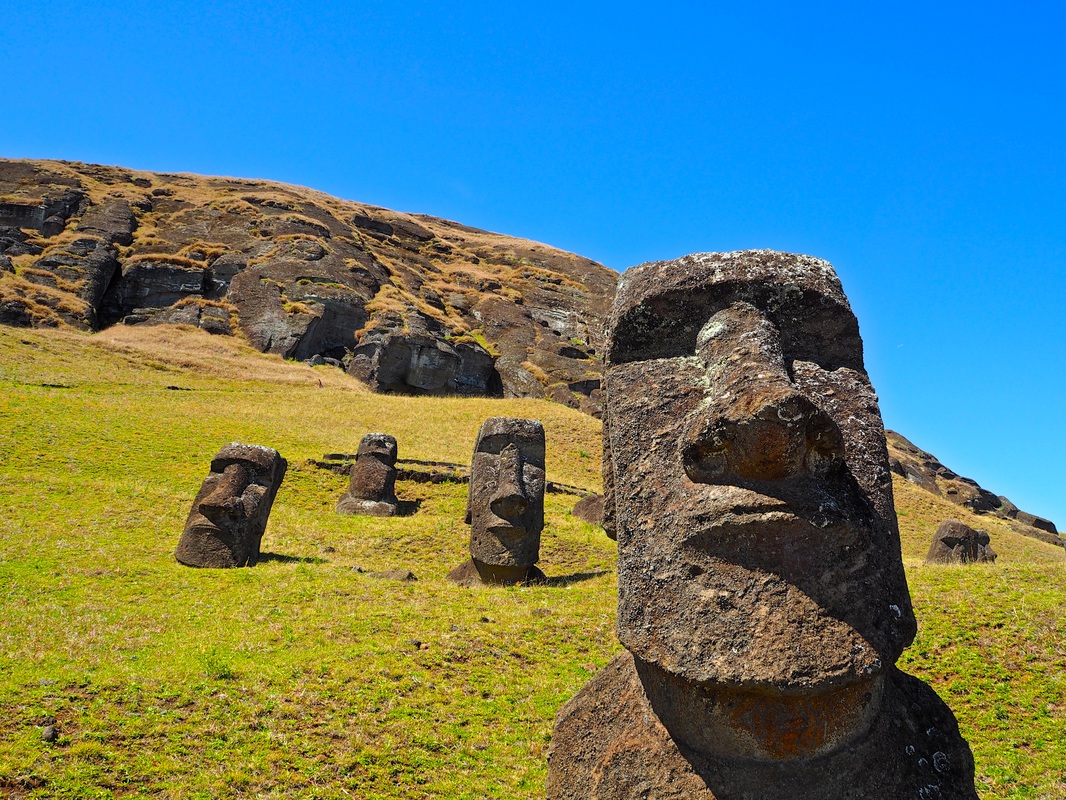
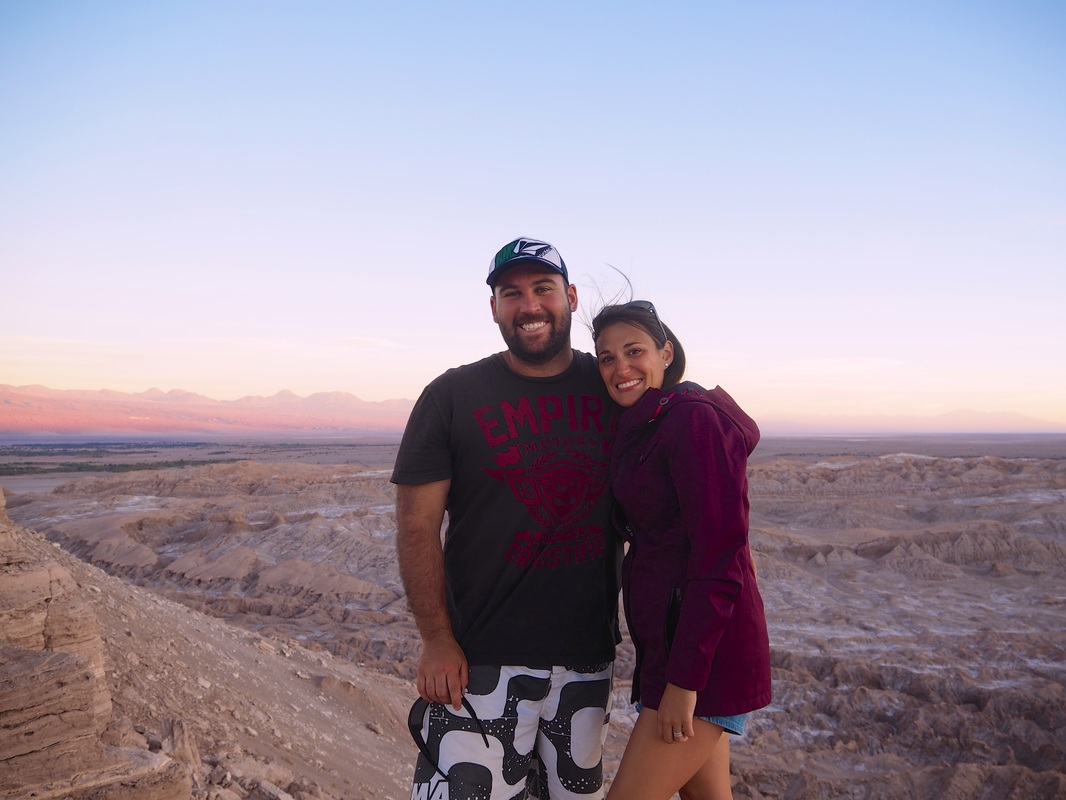
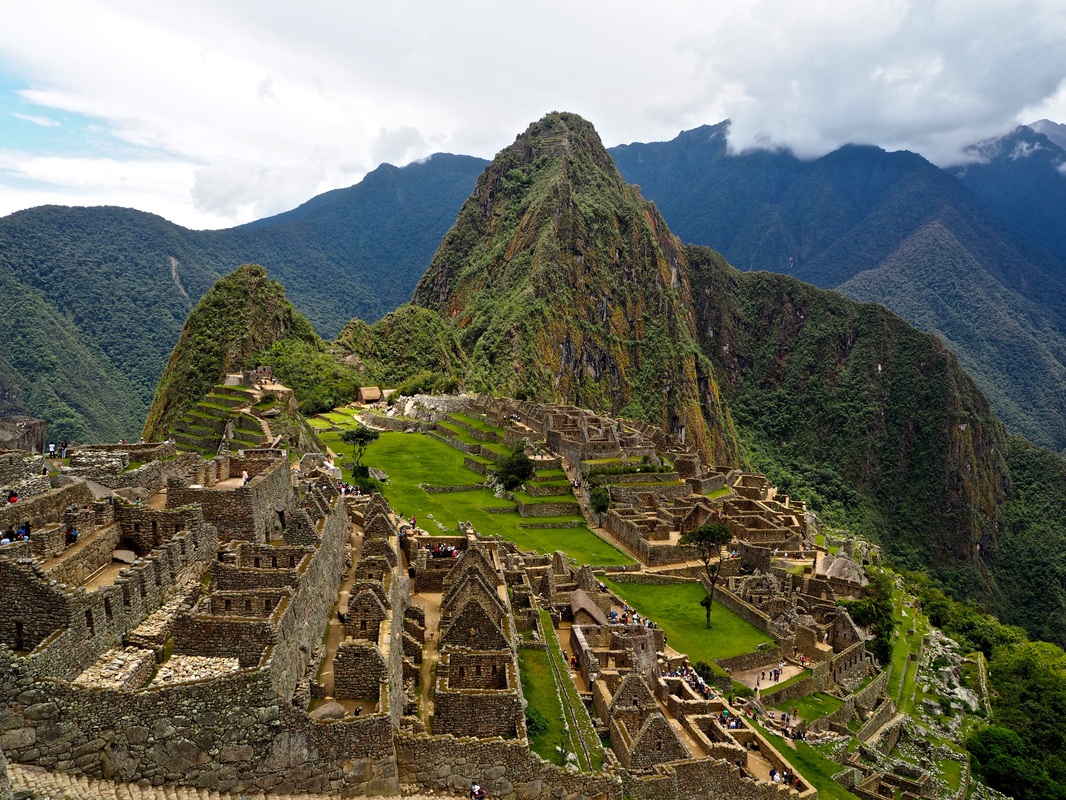
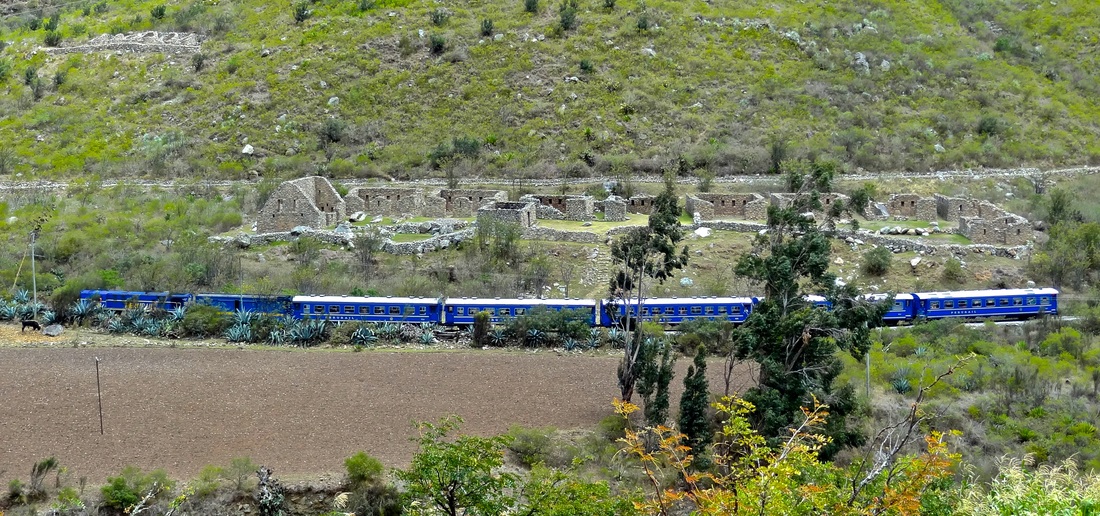
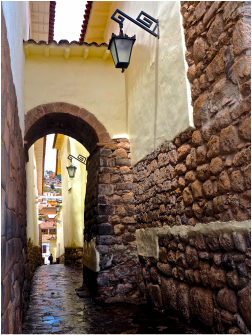
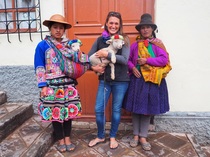
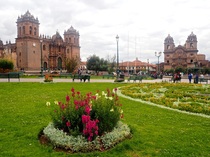
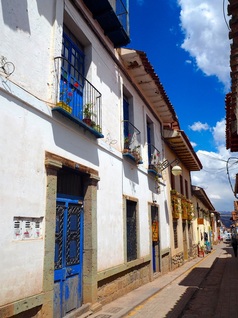
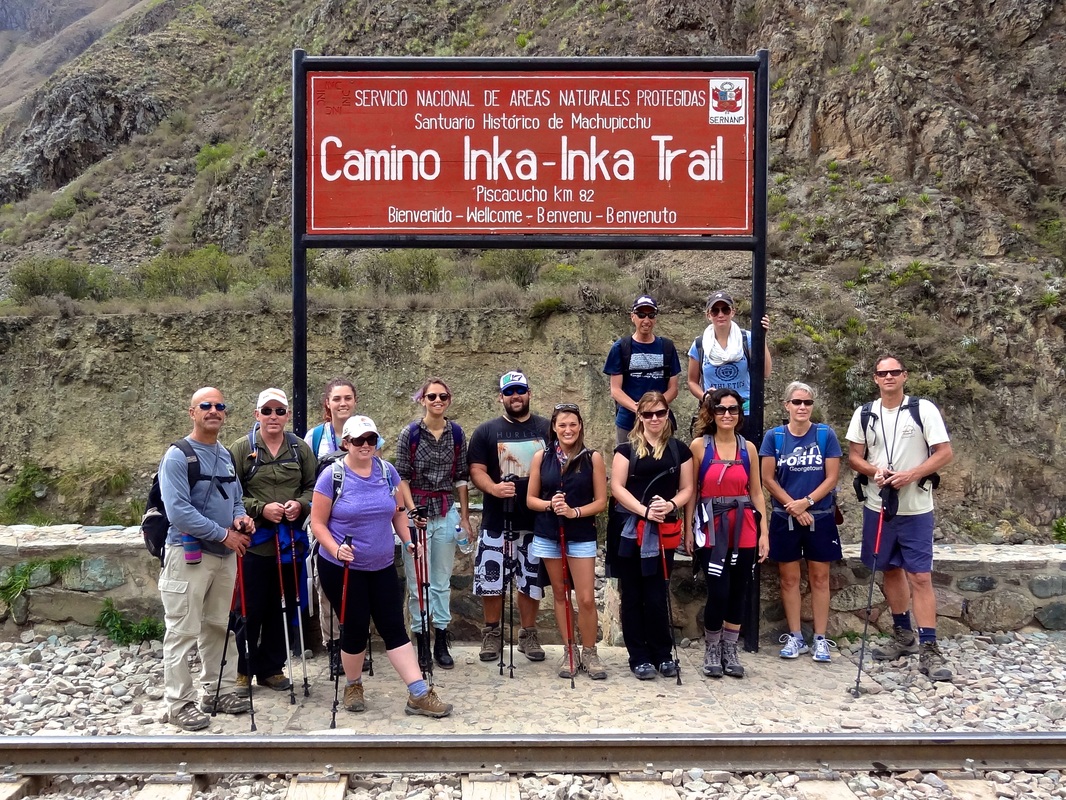
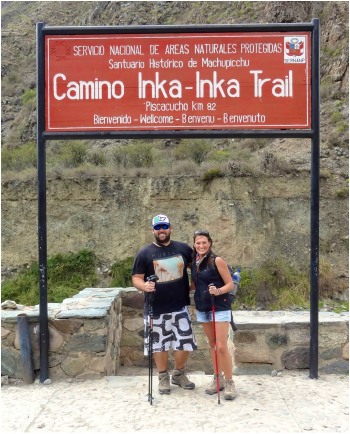
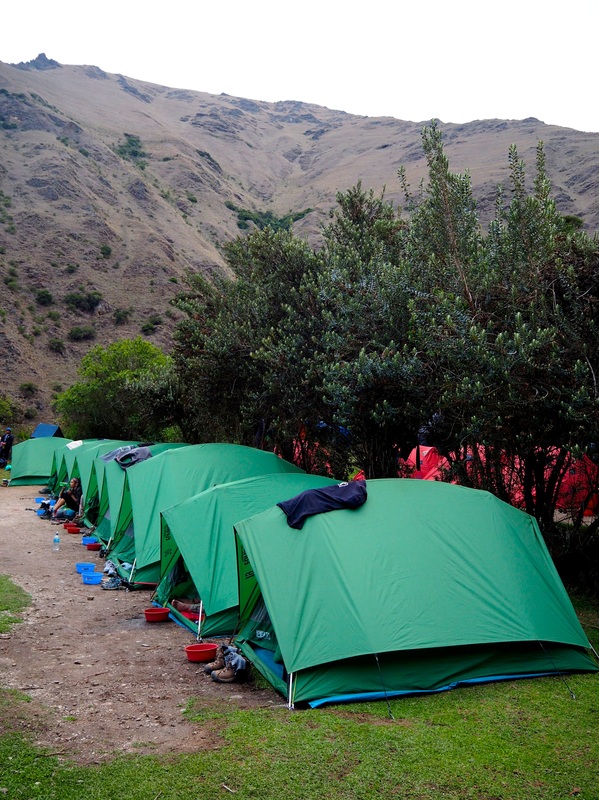
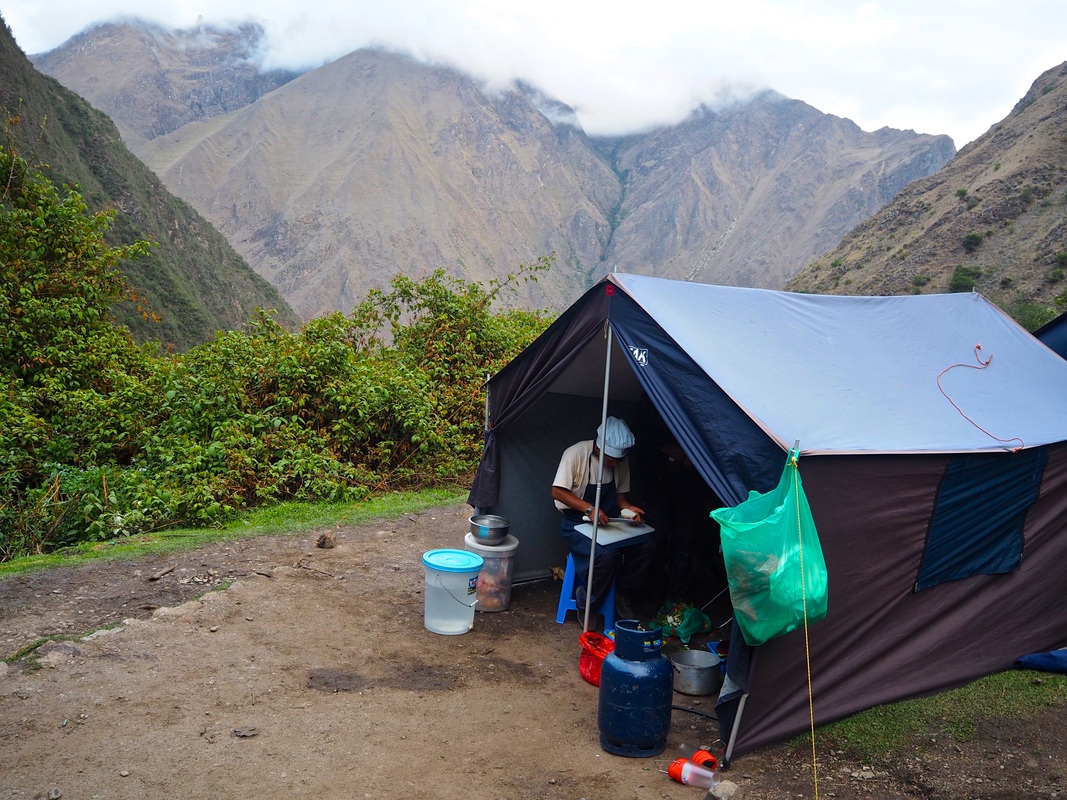
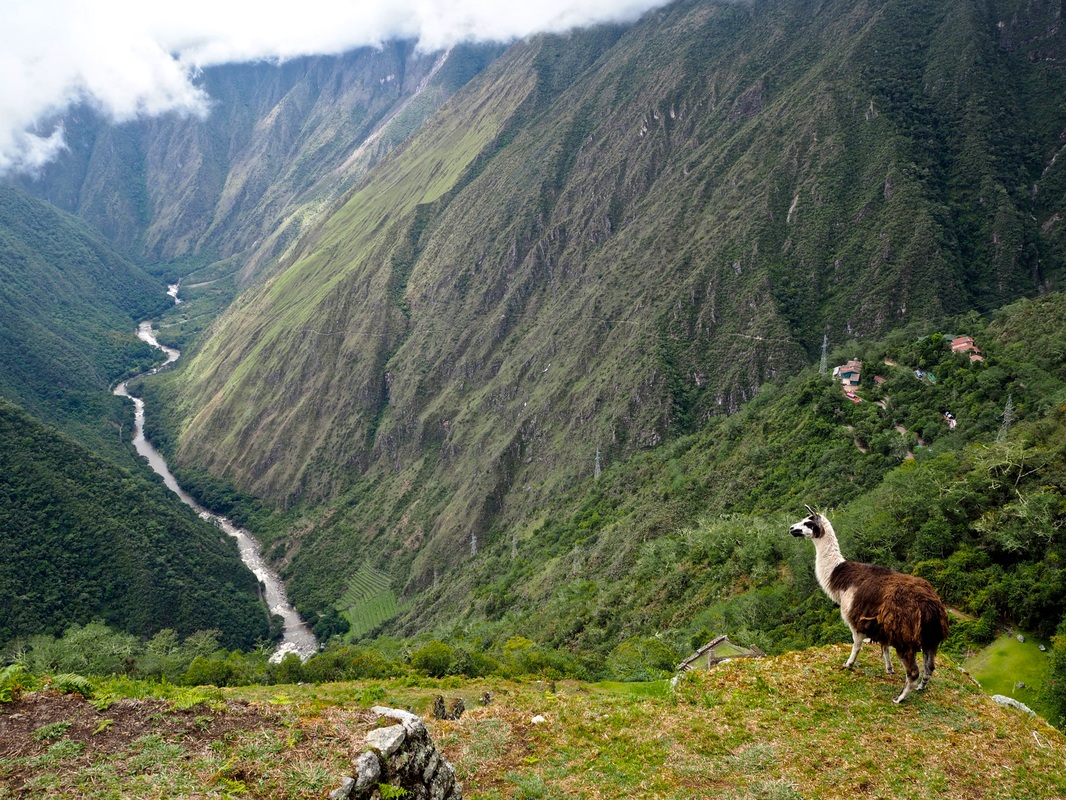
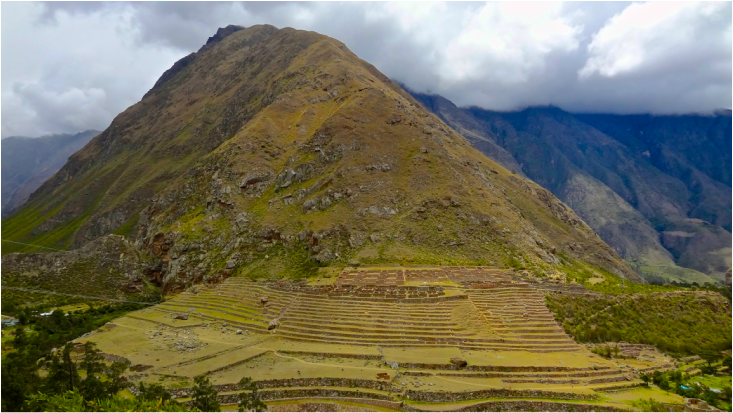
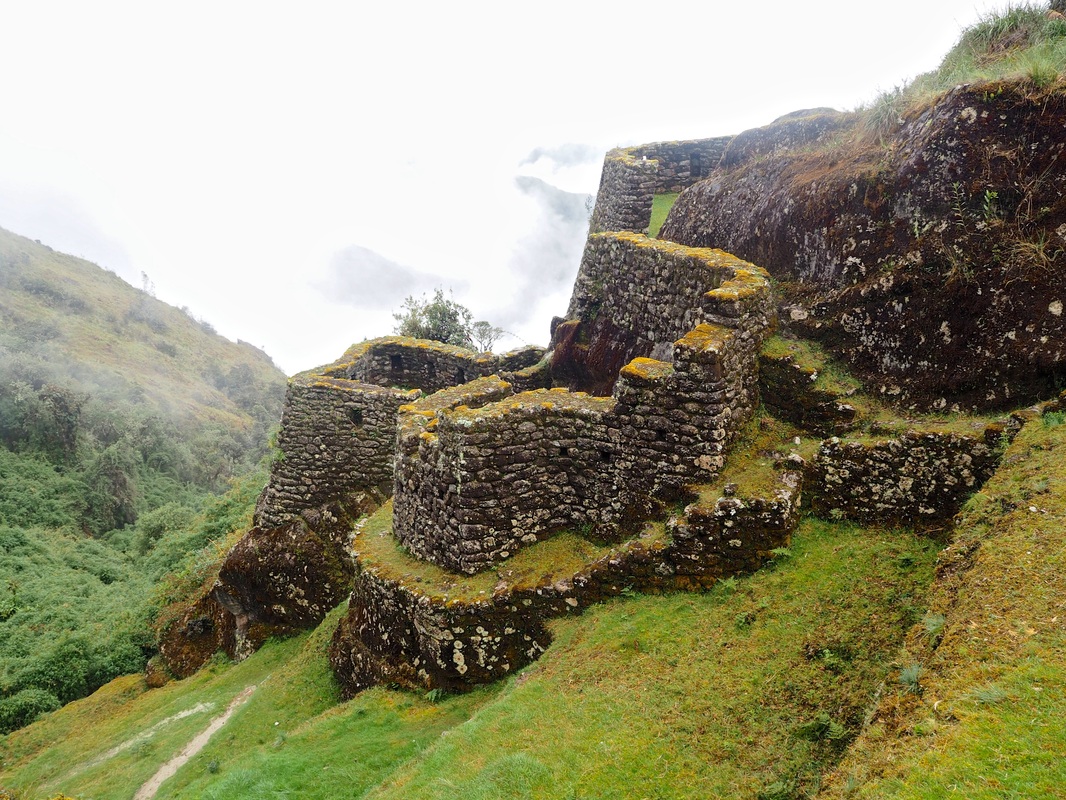
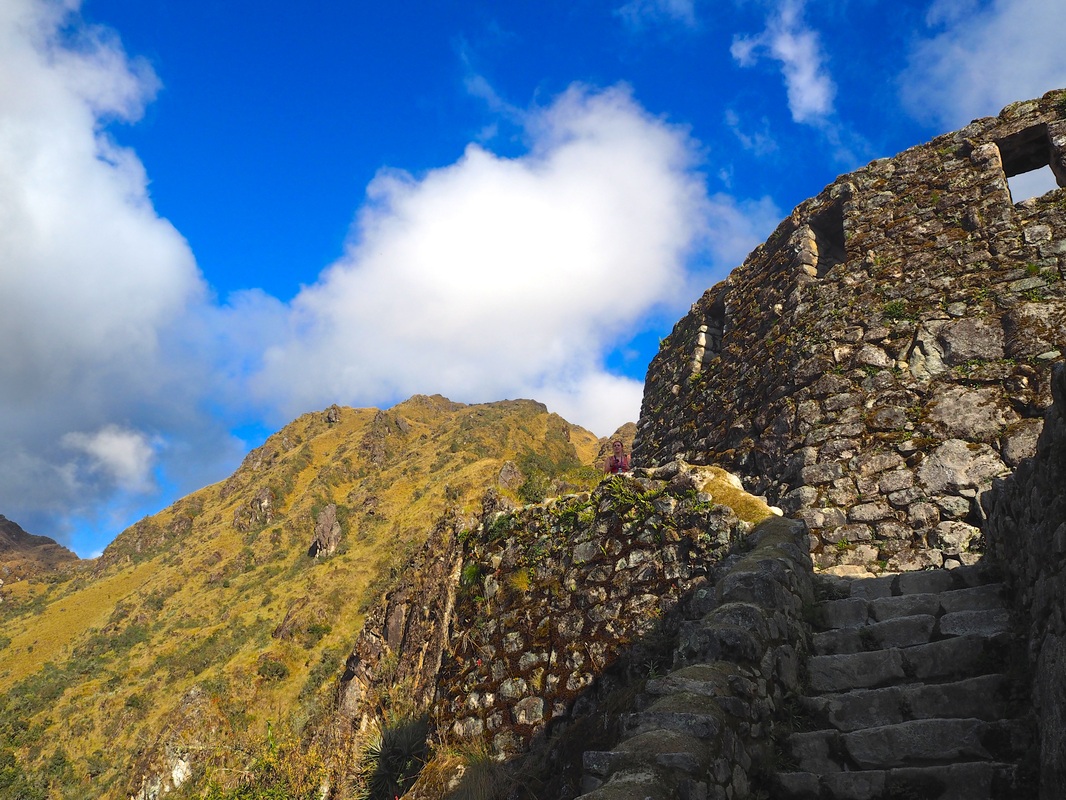
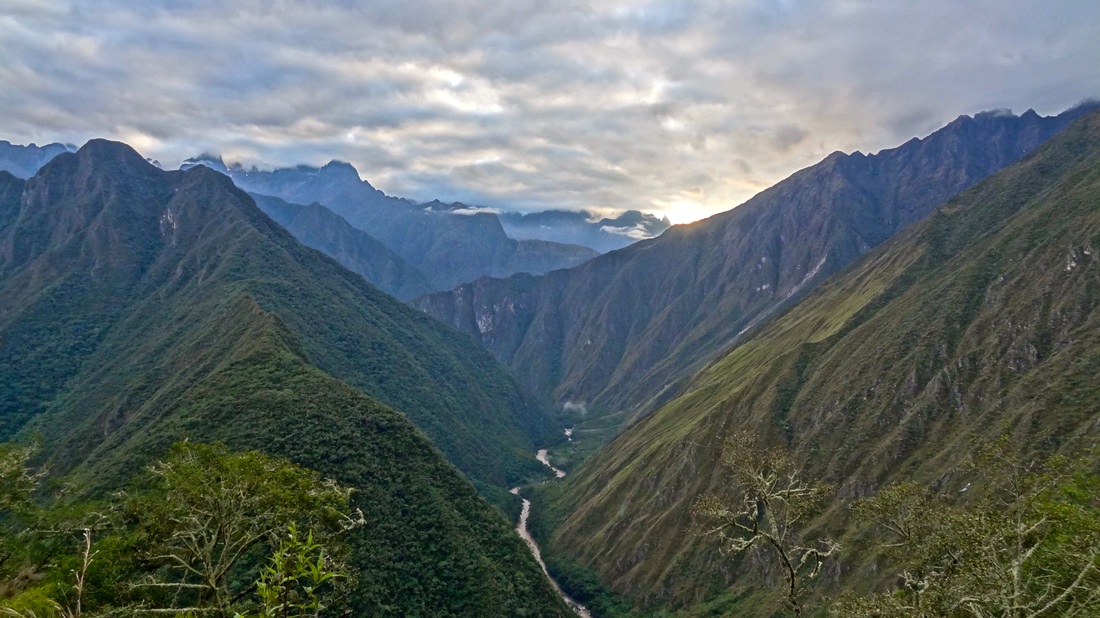
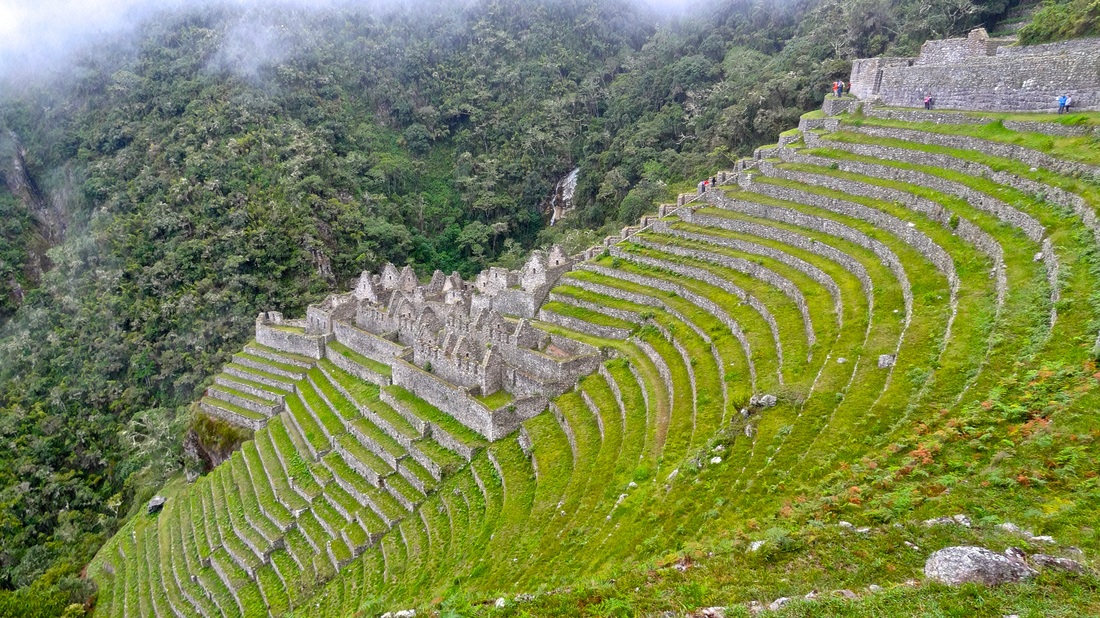
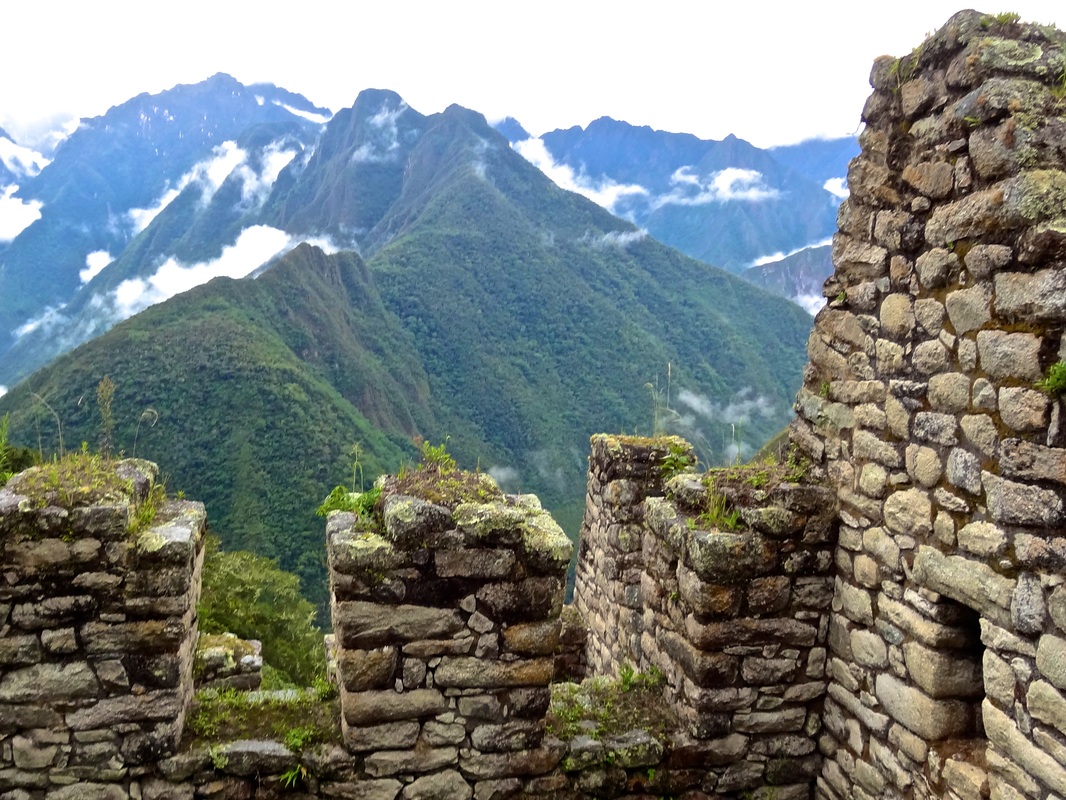
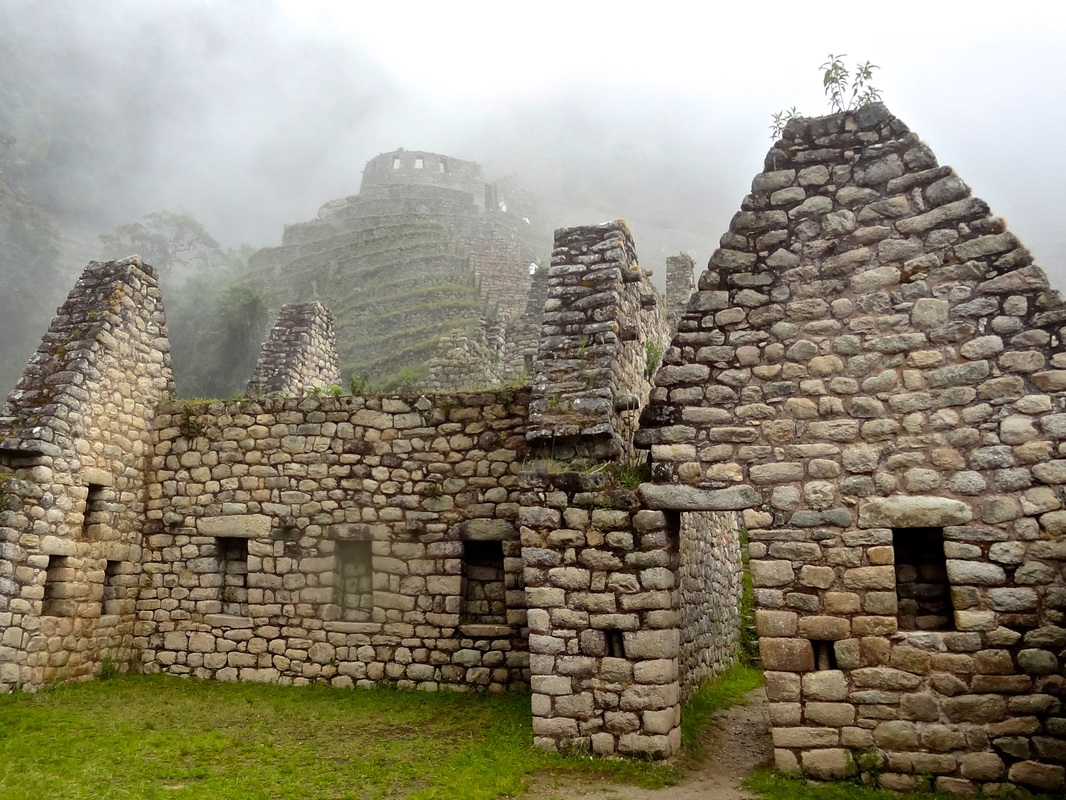
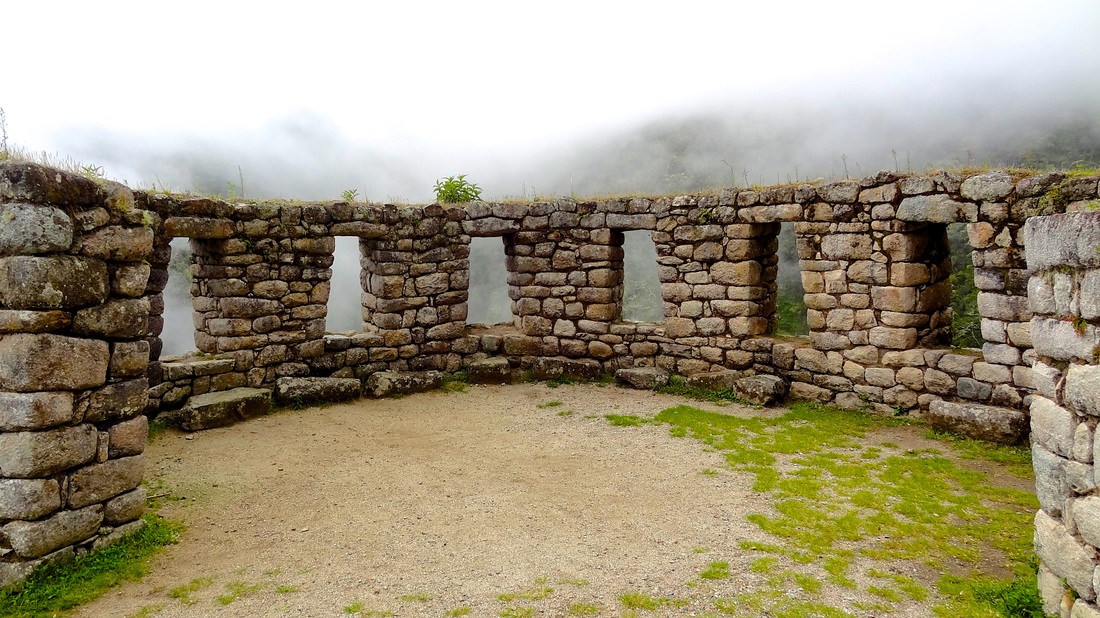
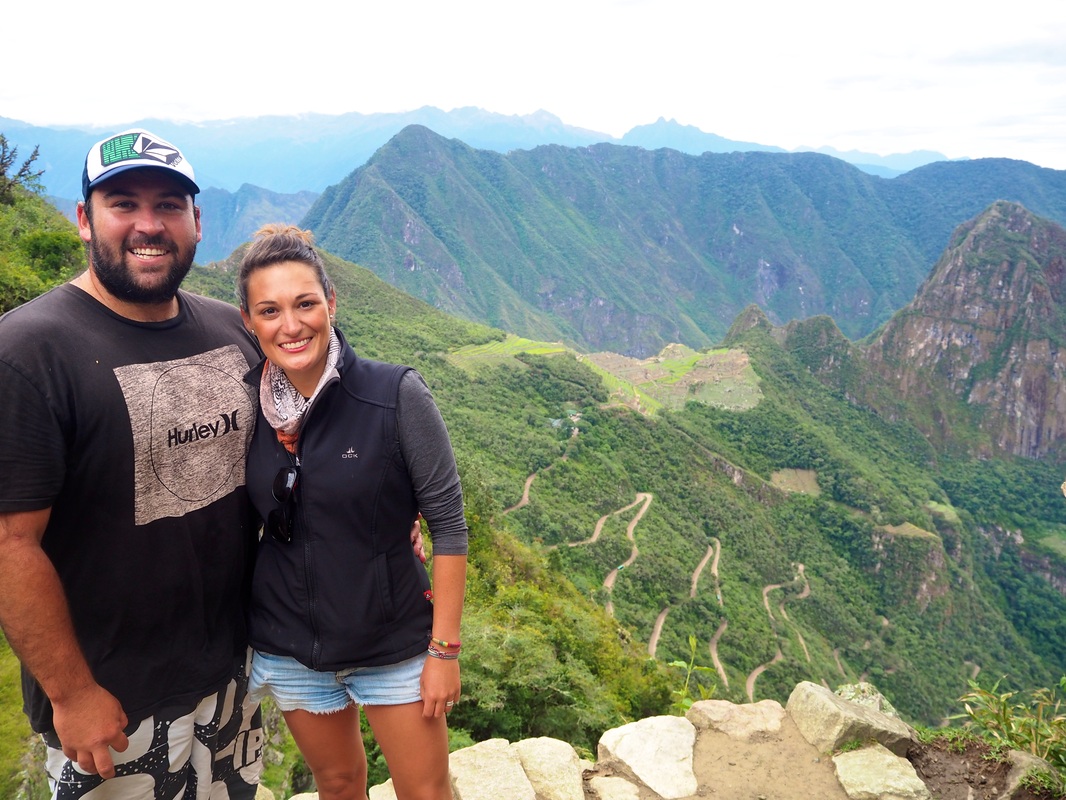
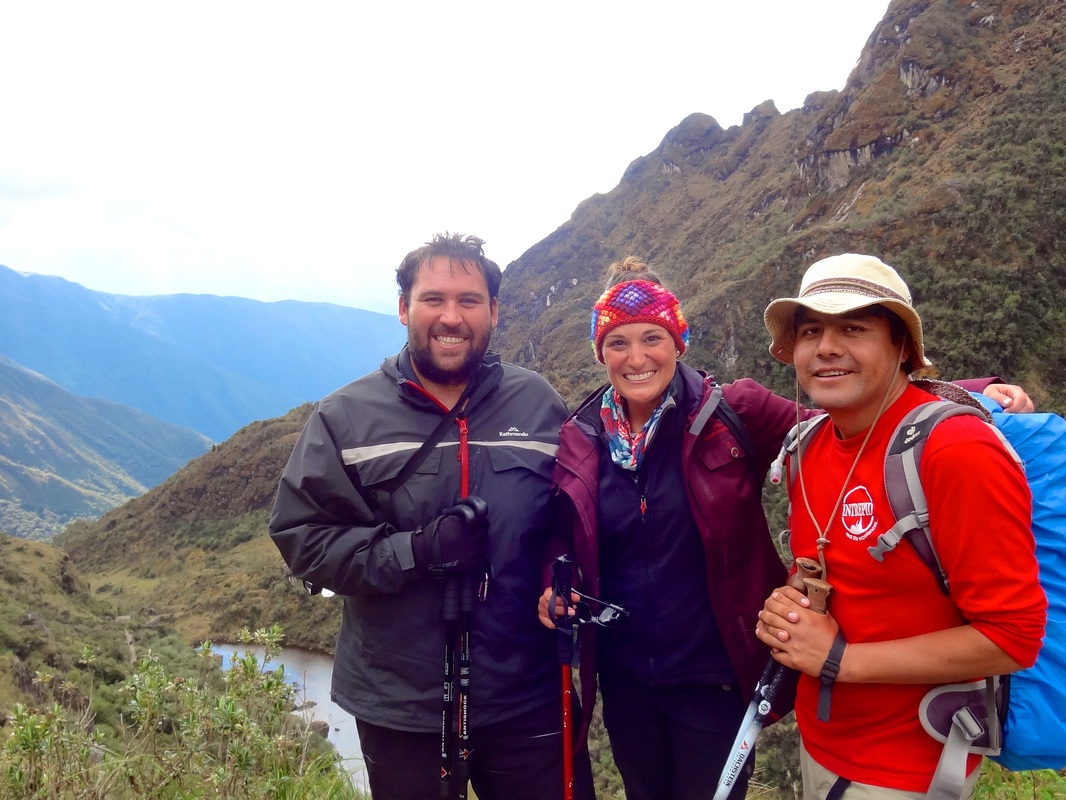
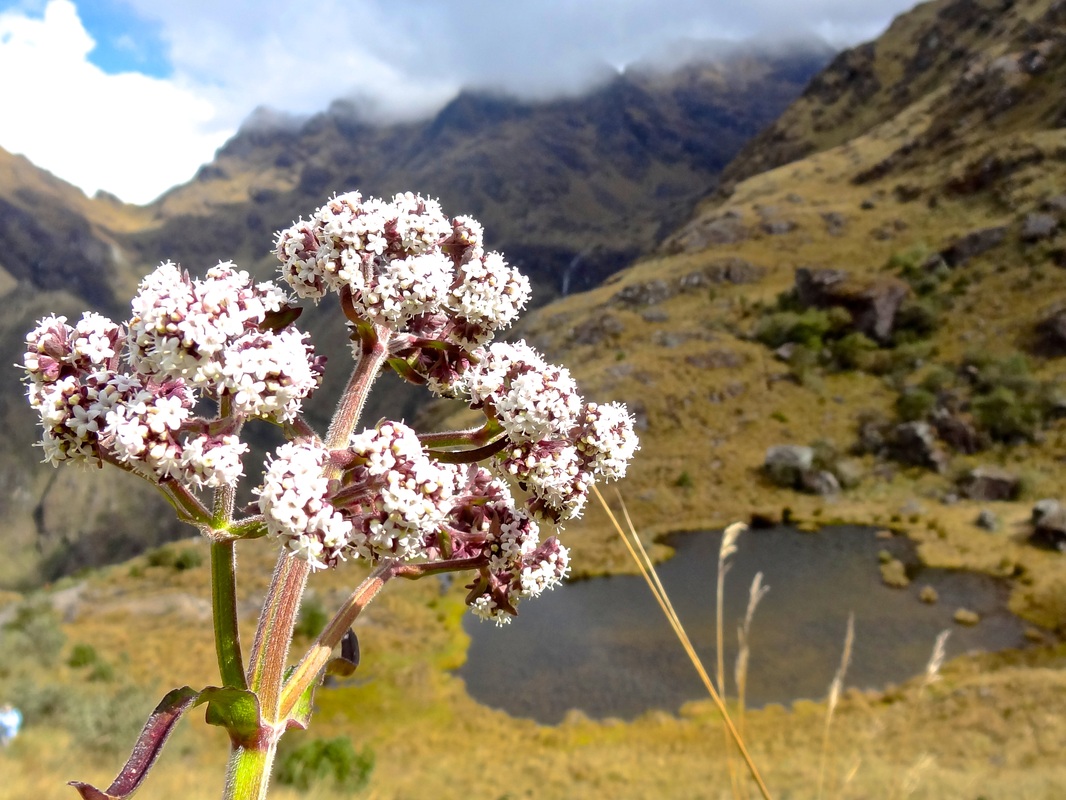
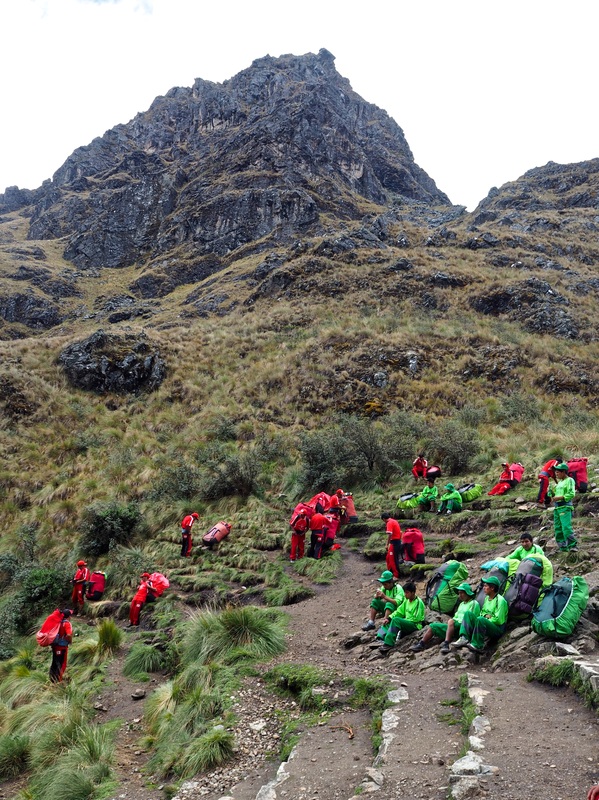
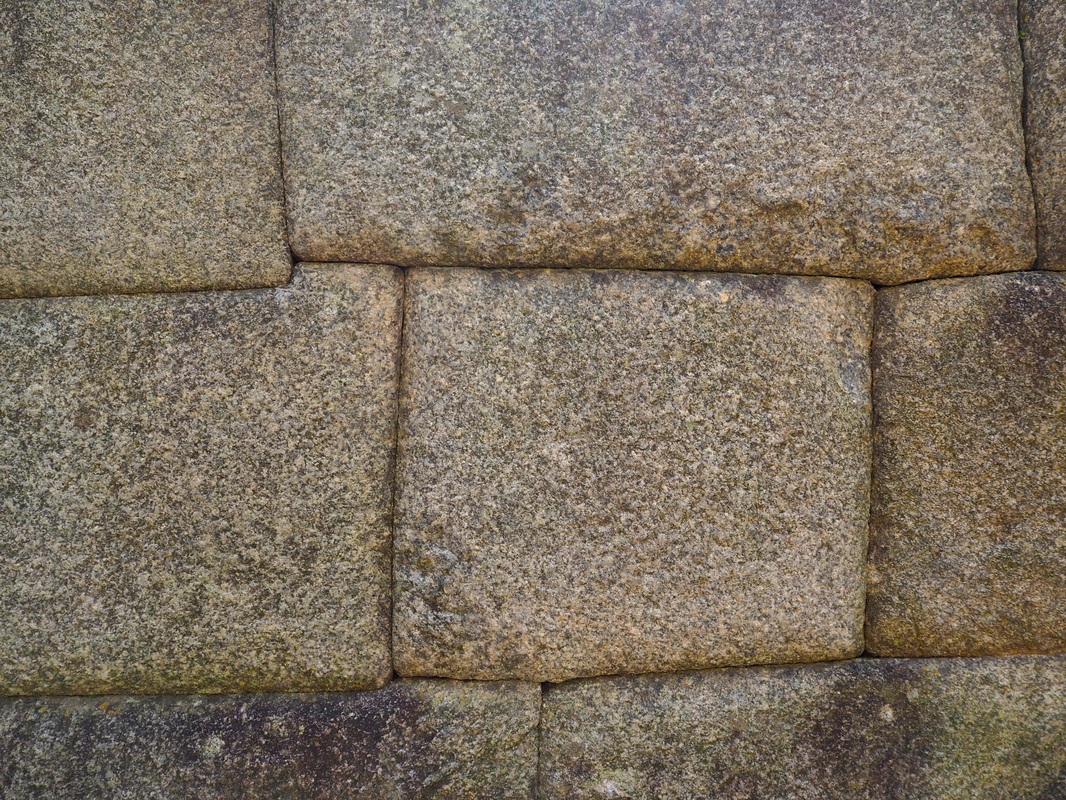
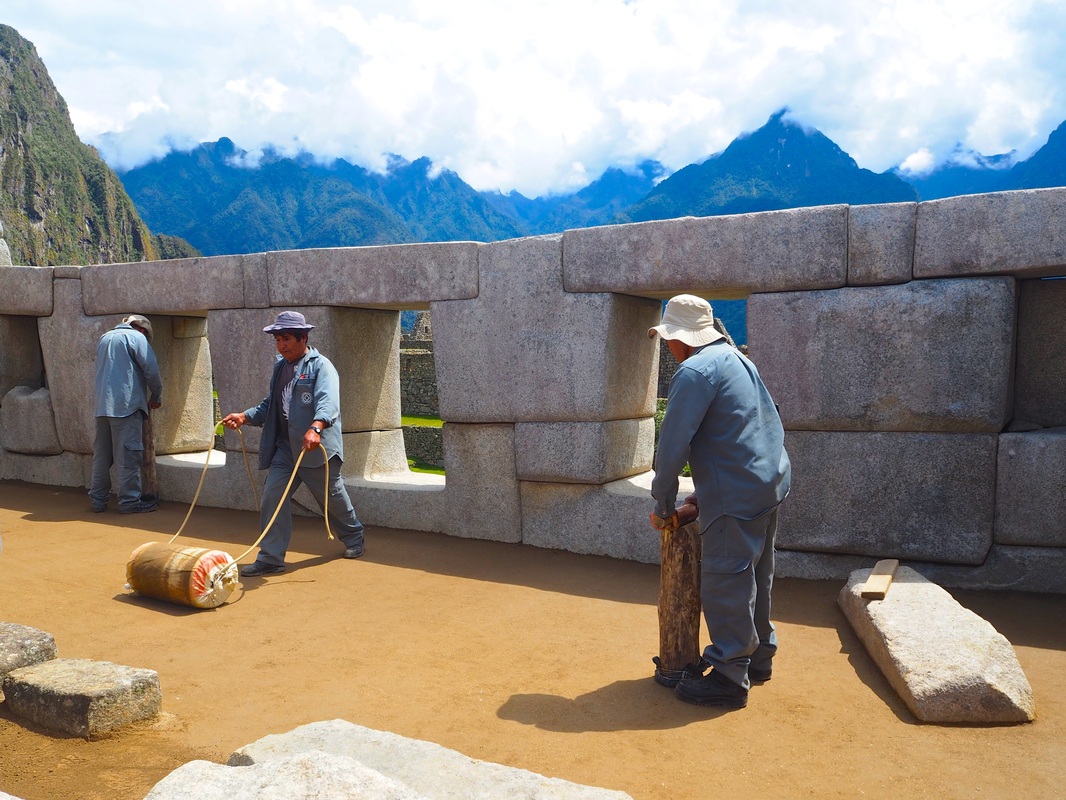
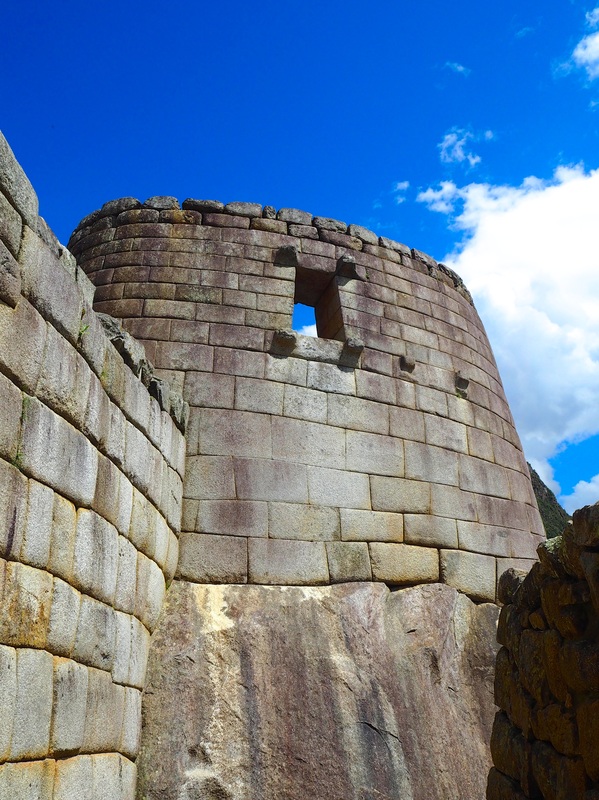

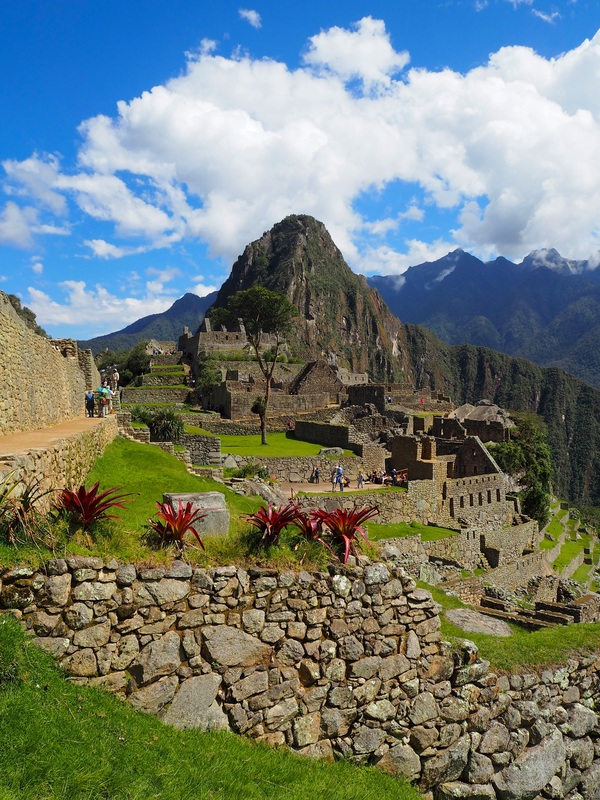
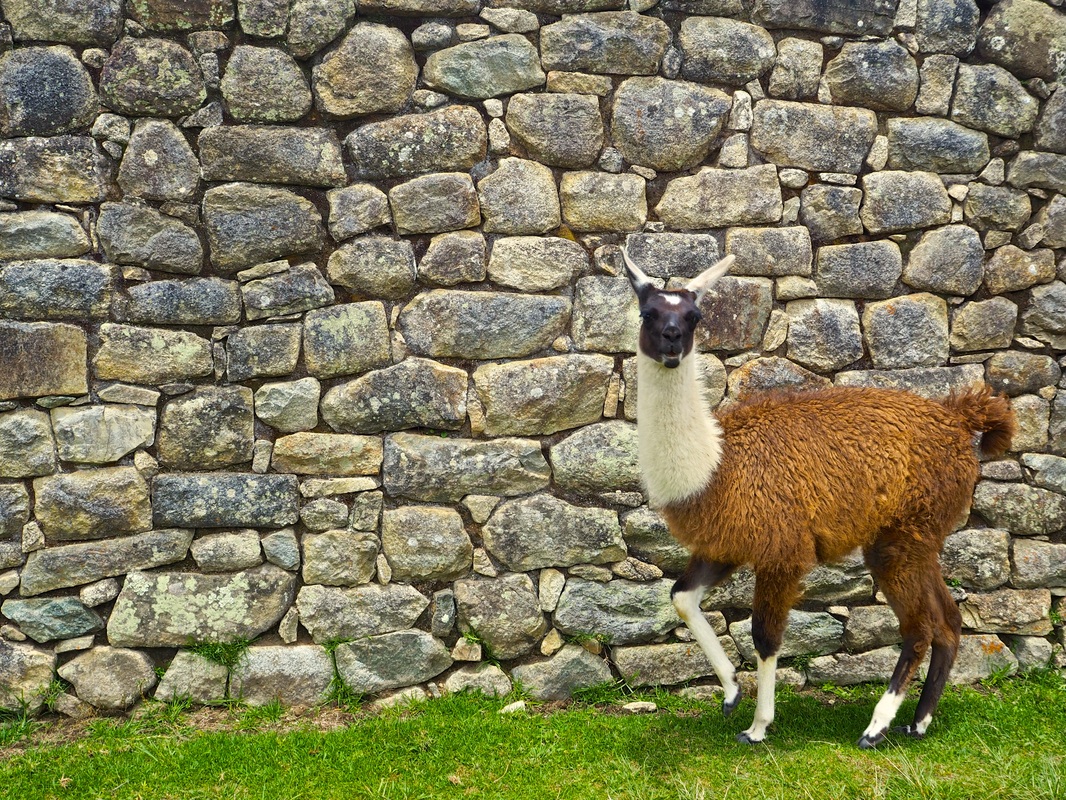
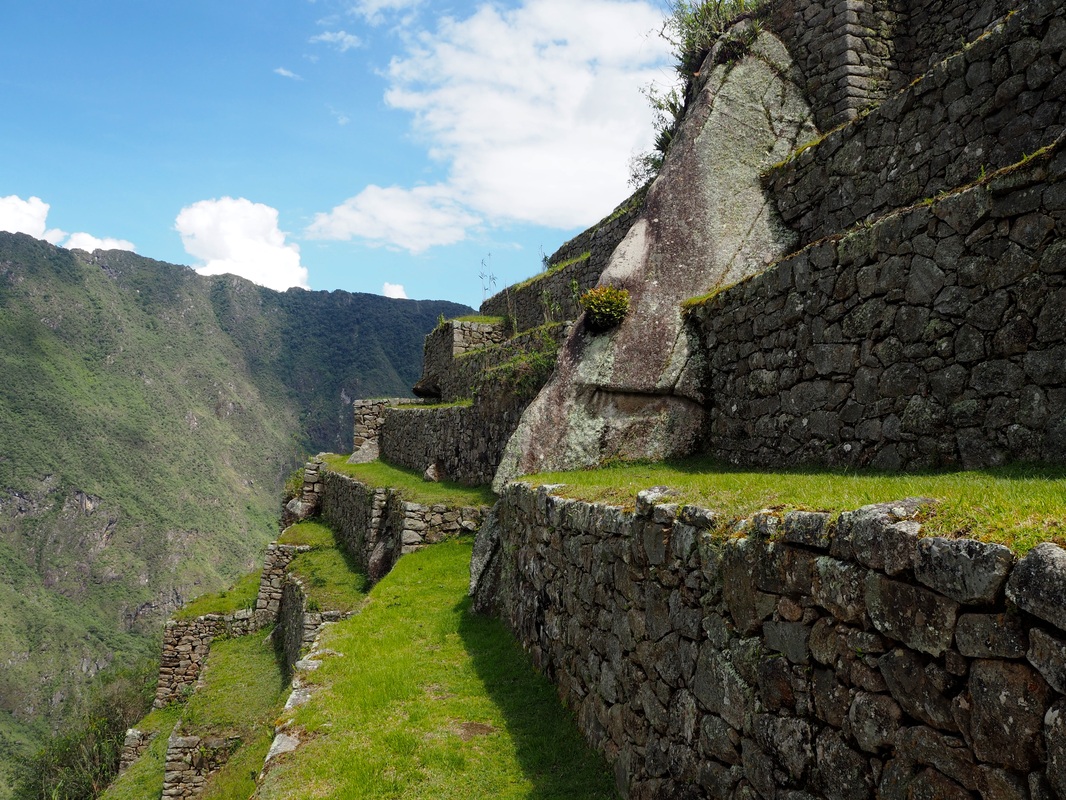
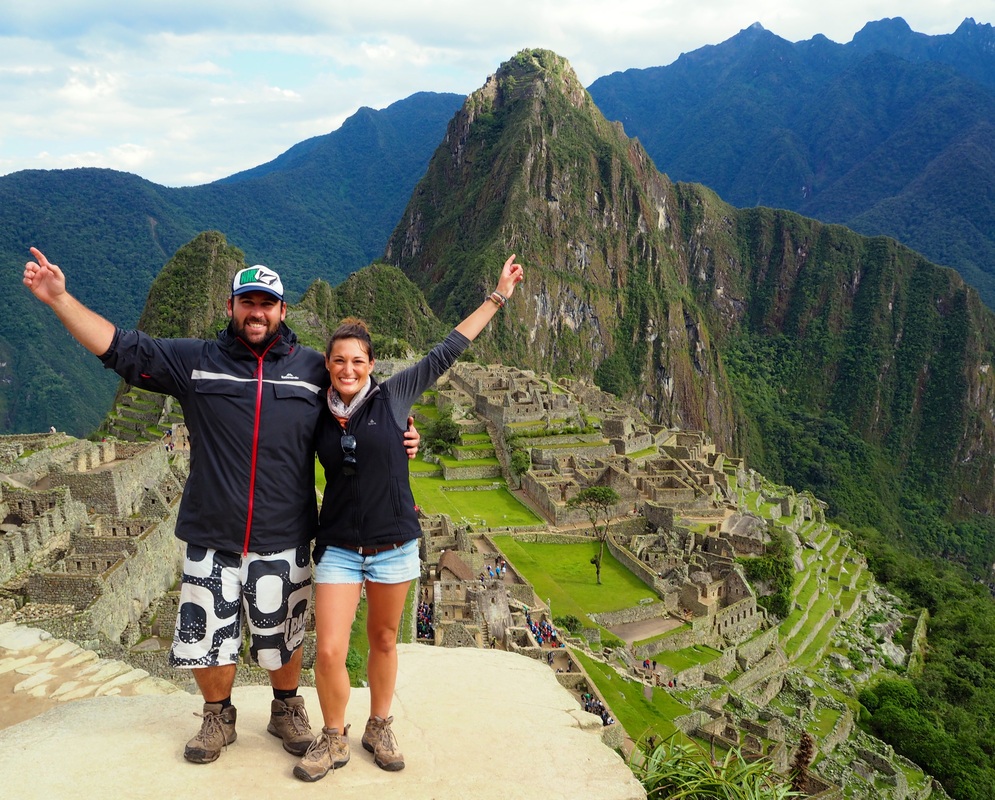
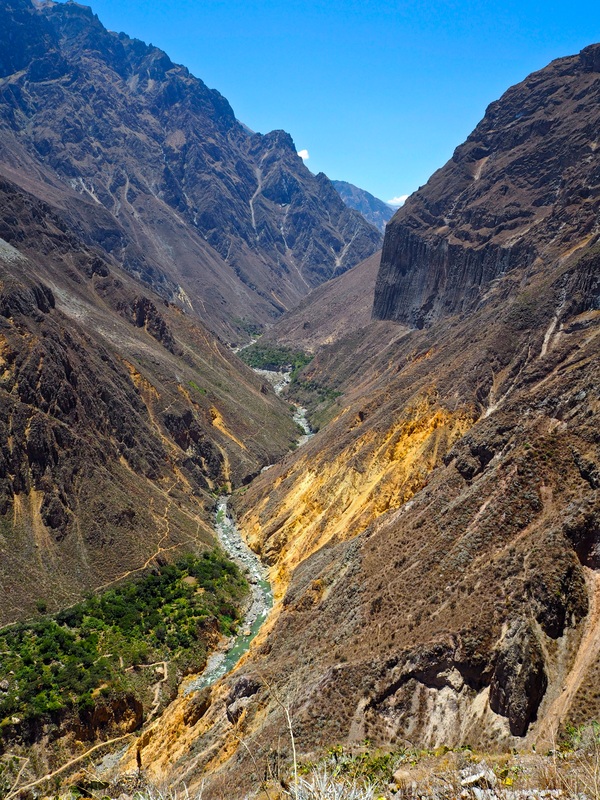
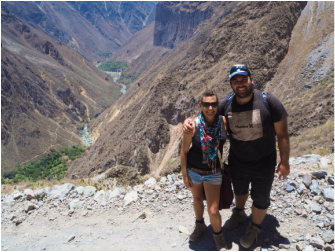
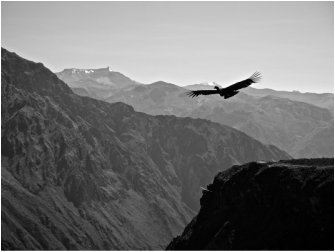
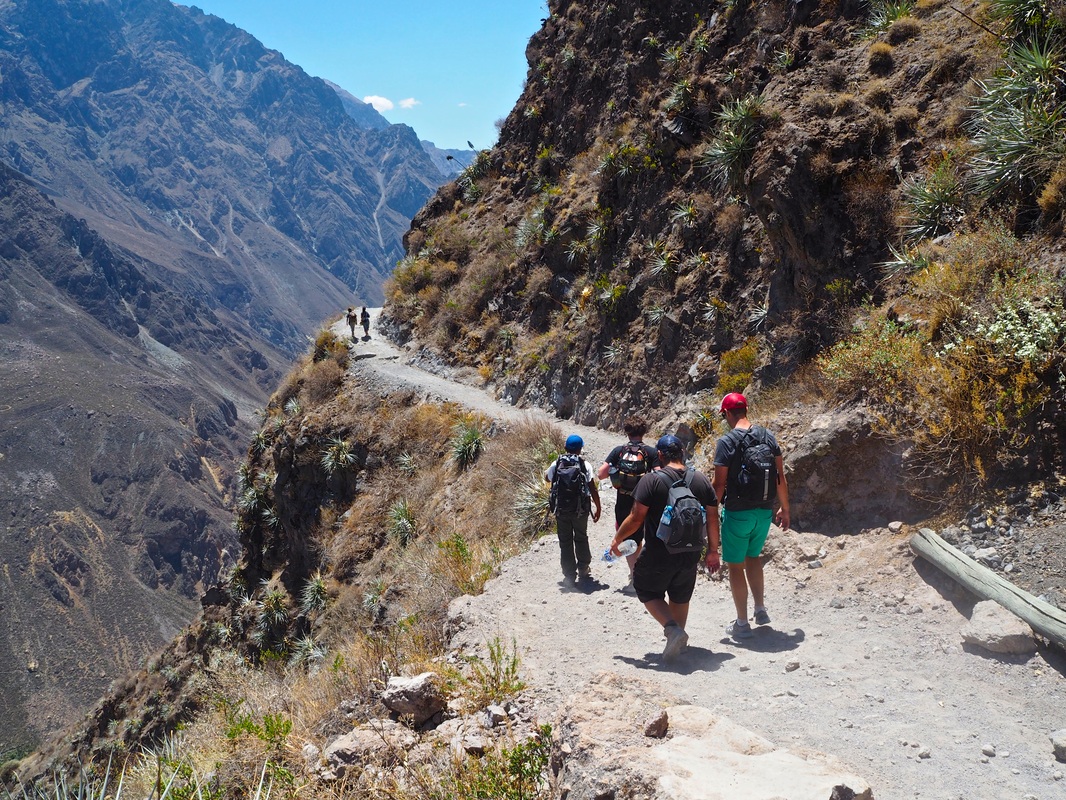
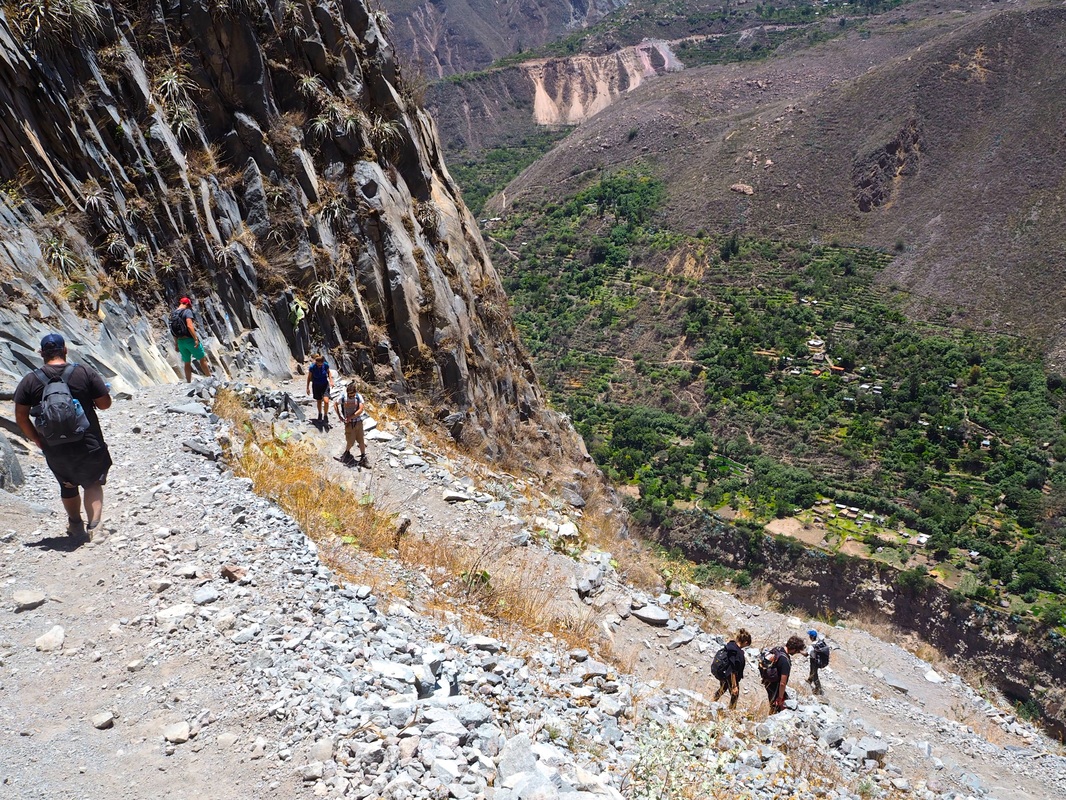
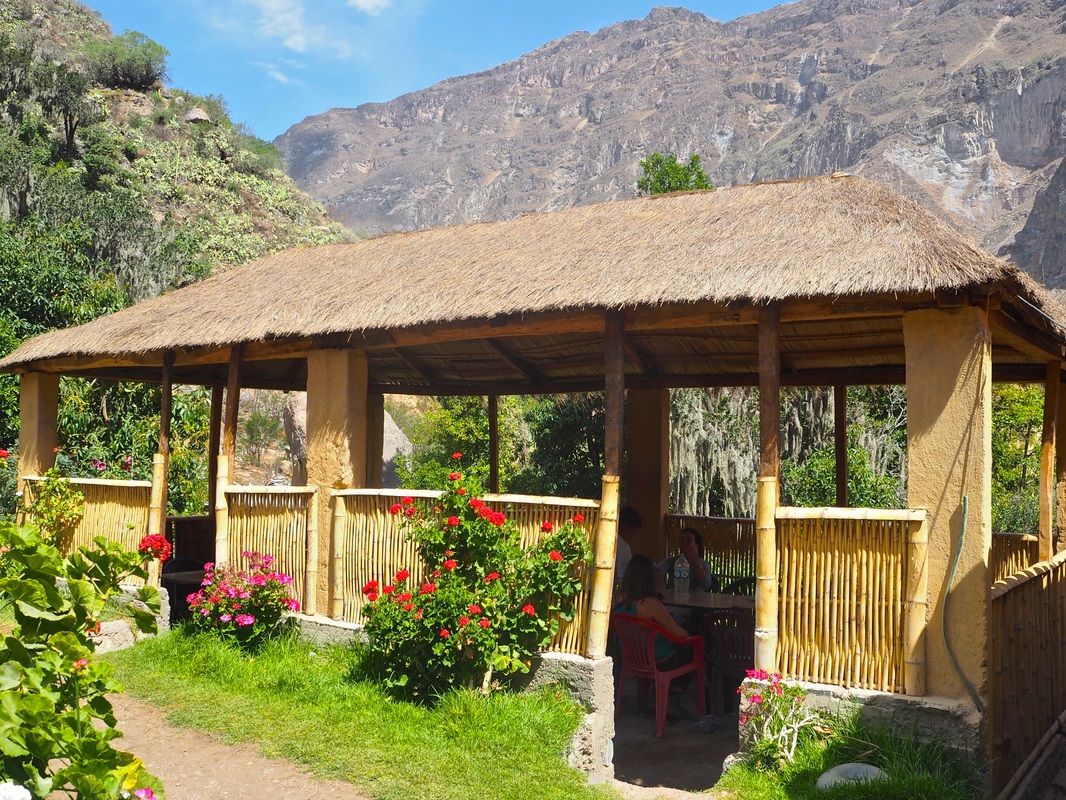
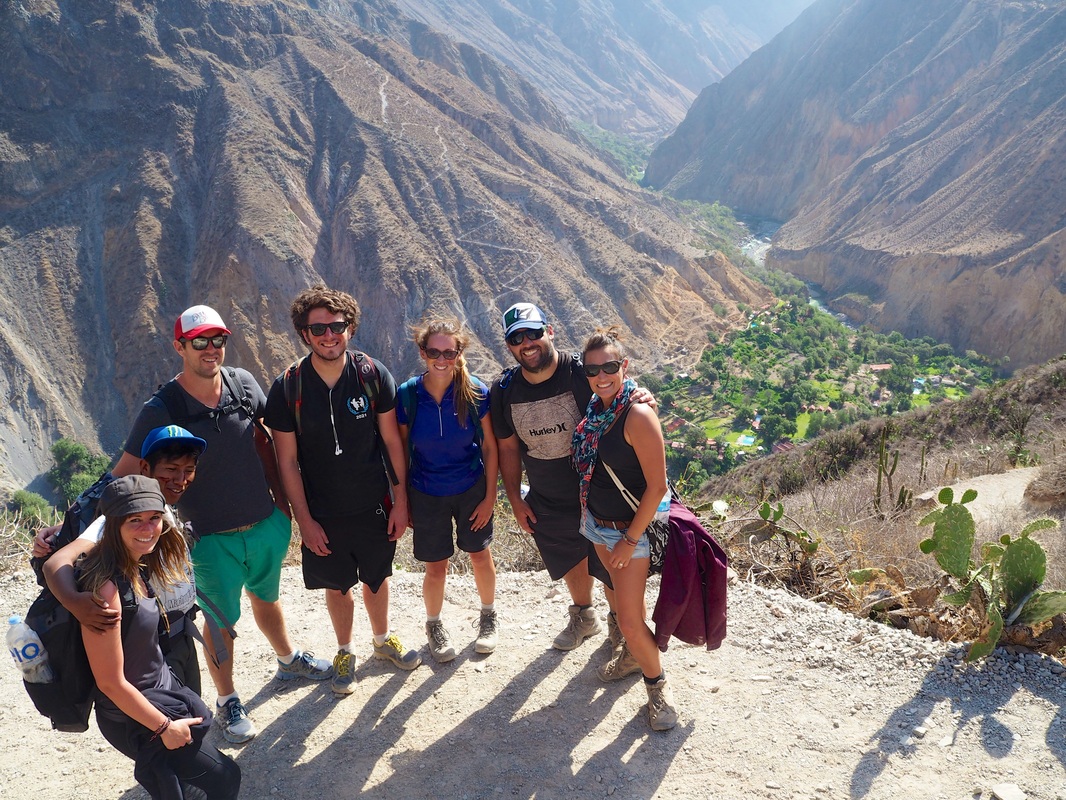
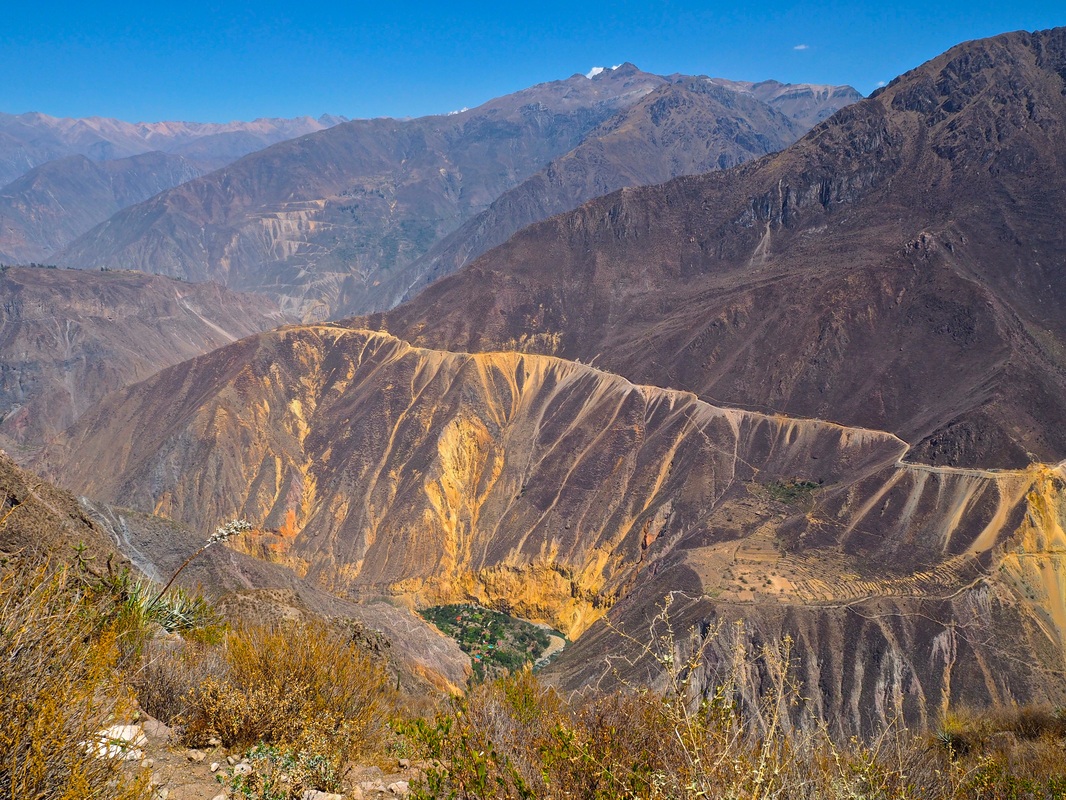
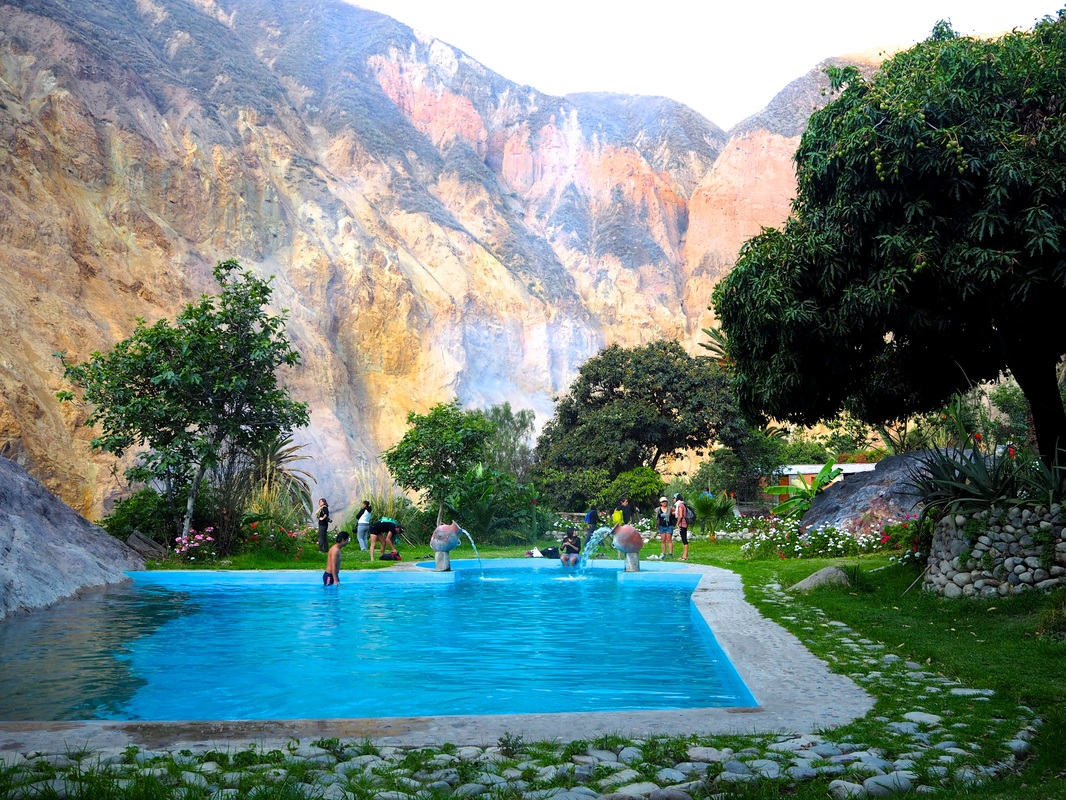
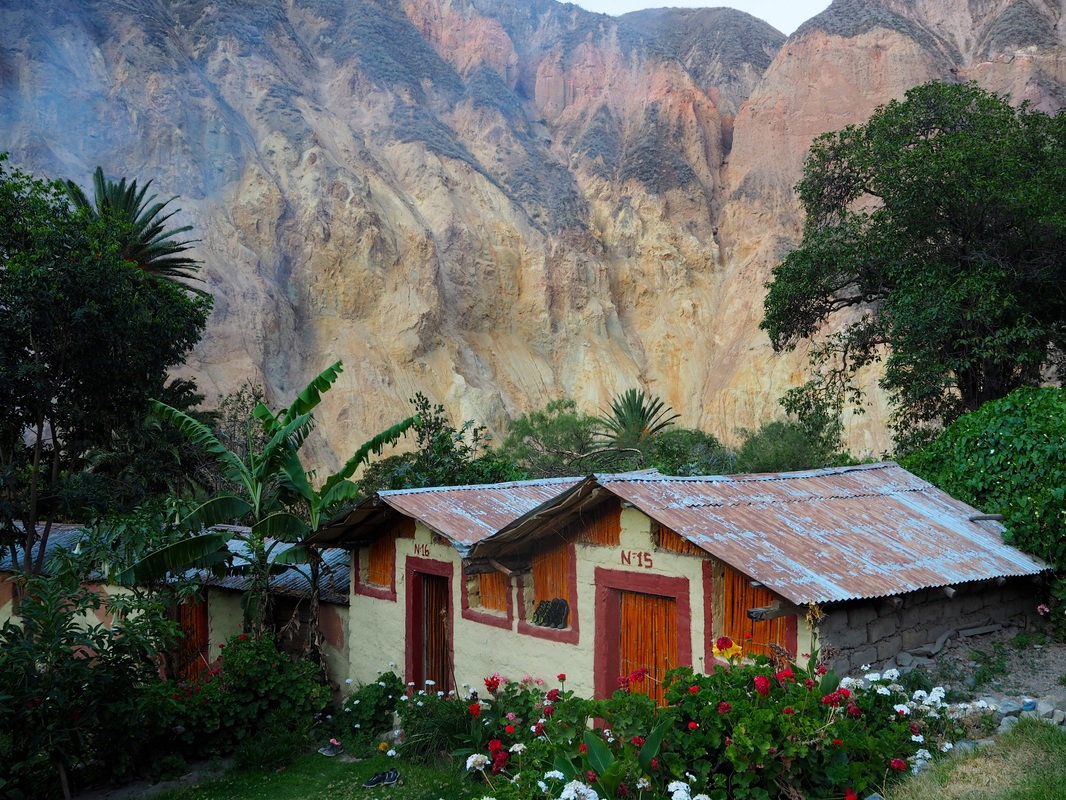
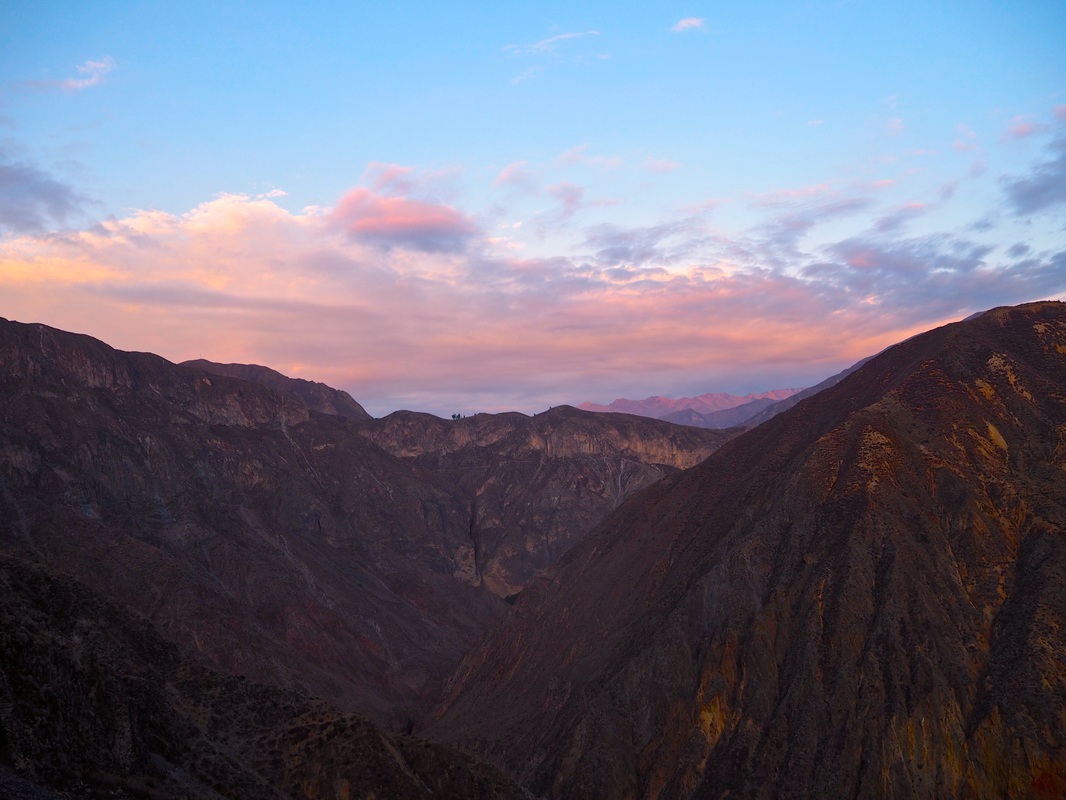
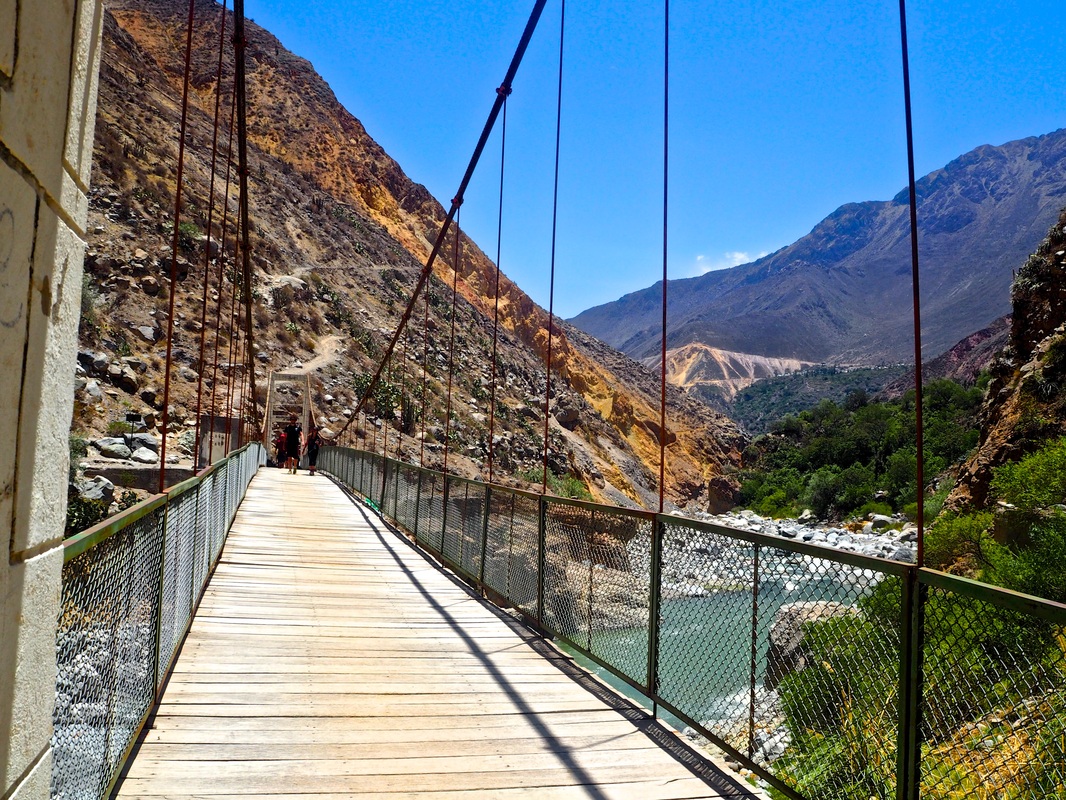
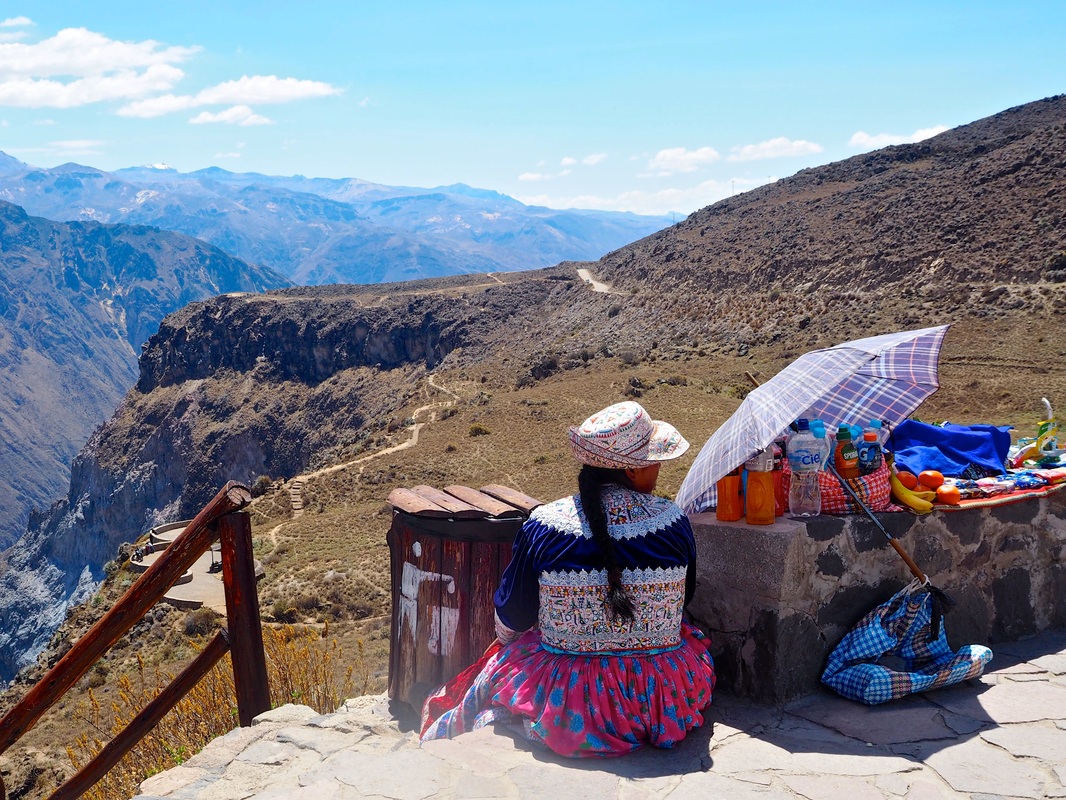
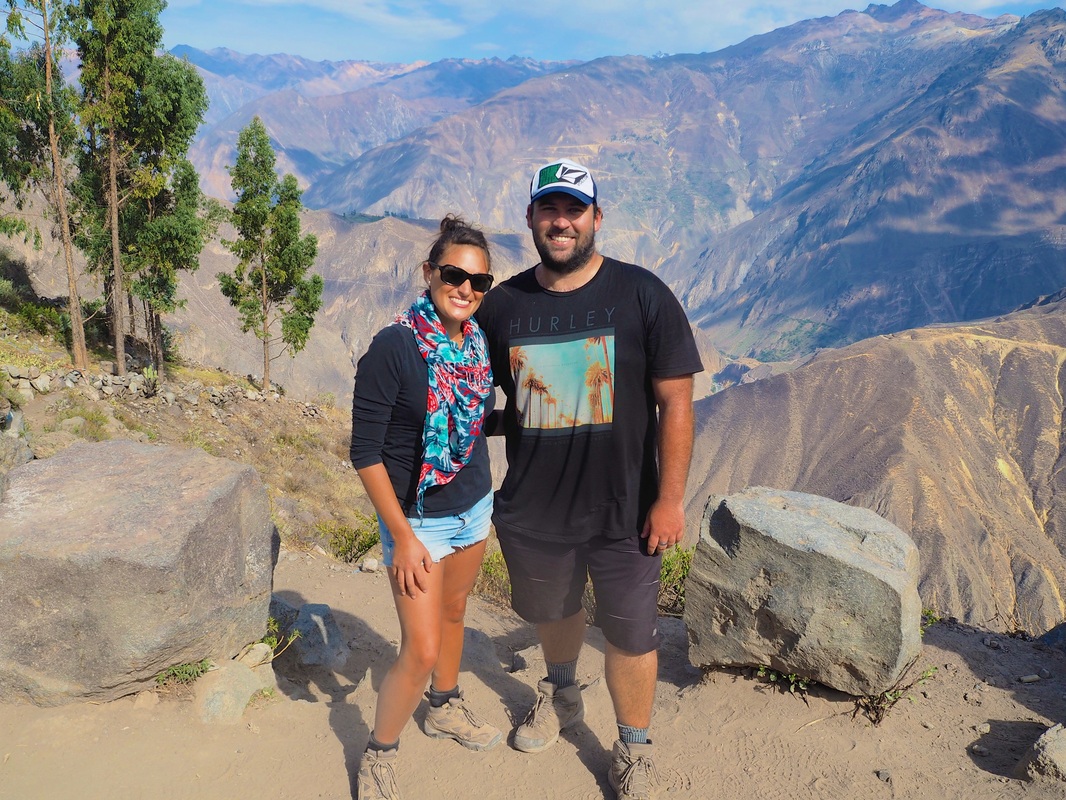
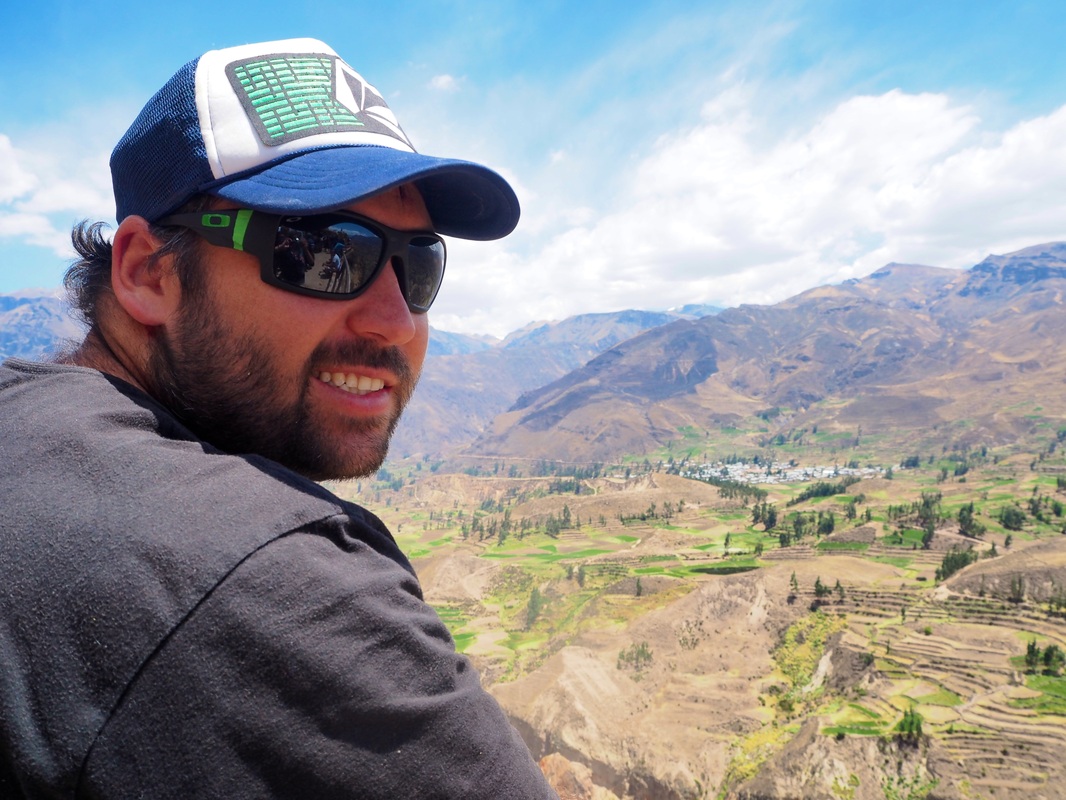

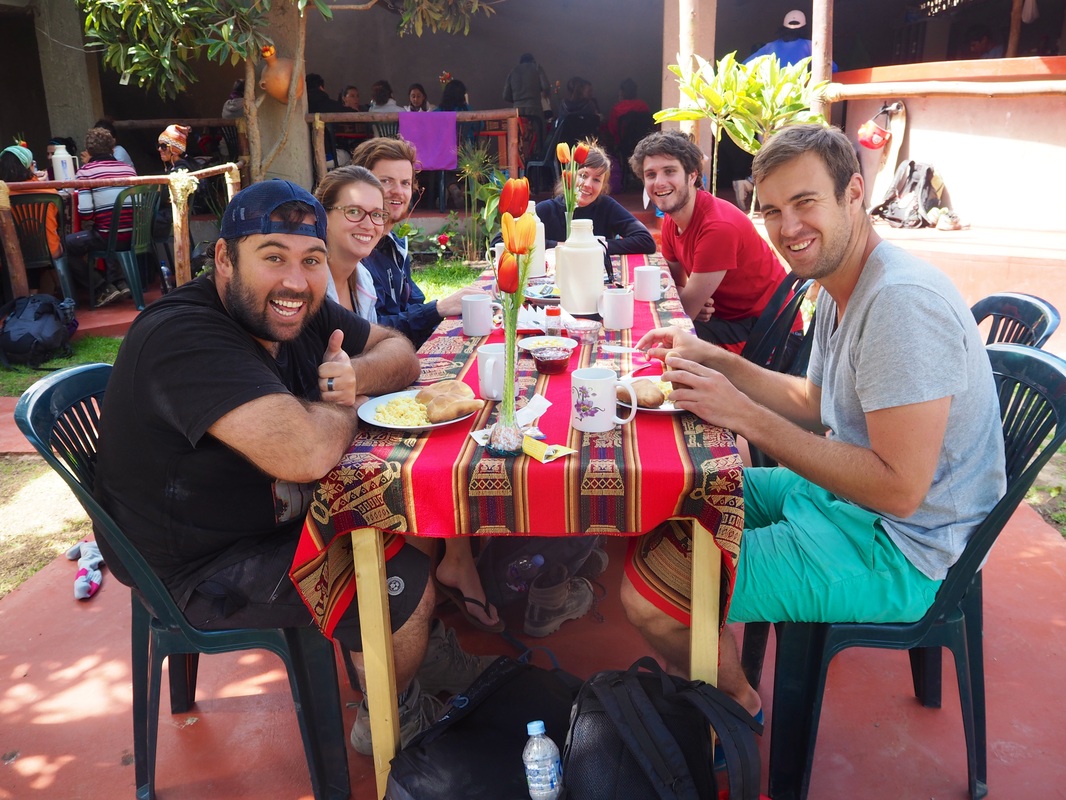
 RSS Feed
RSS Feed